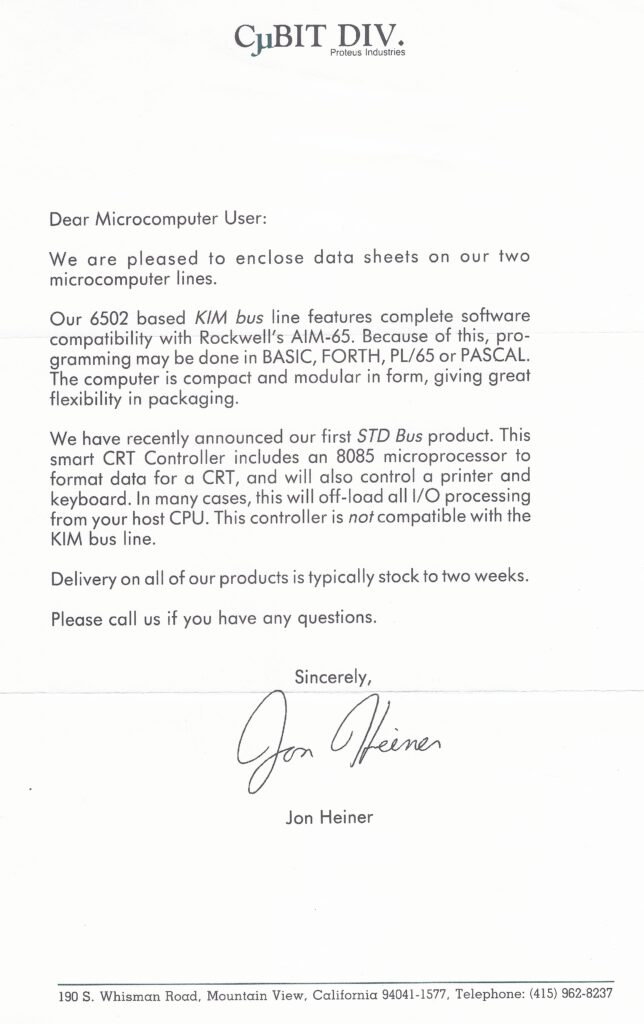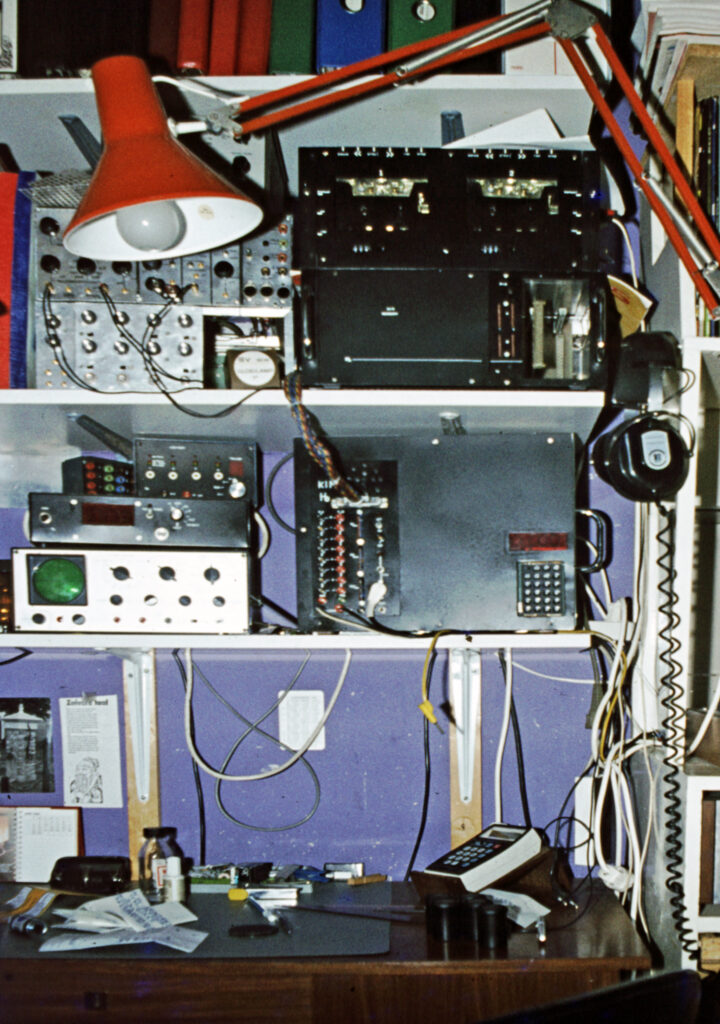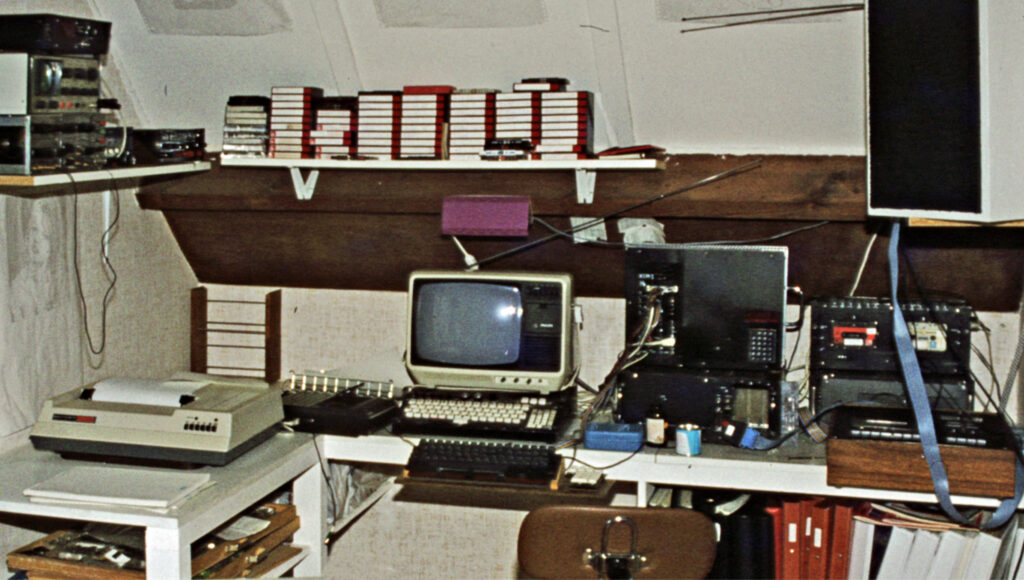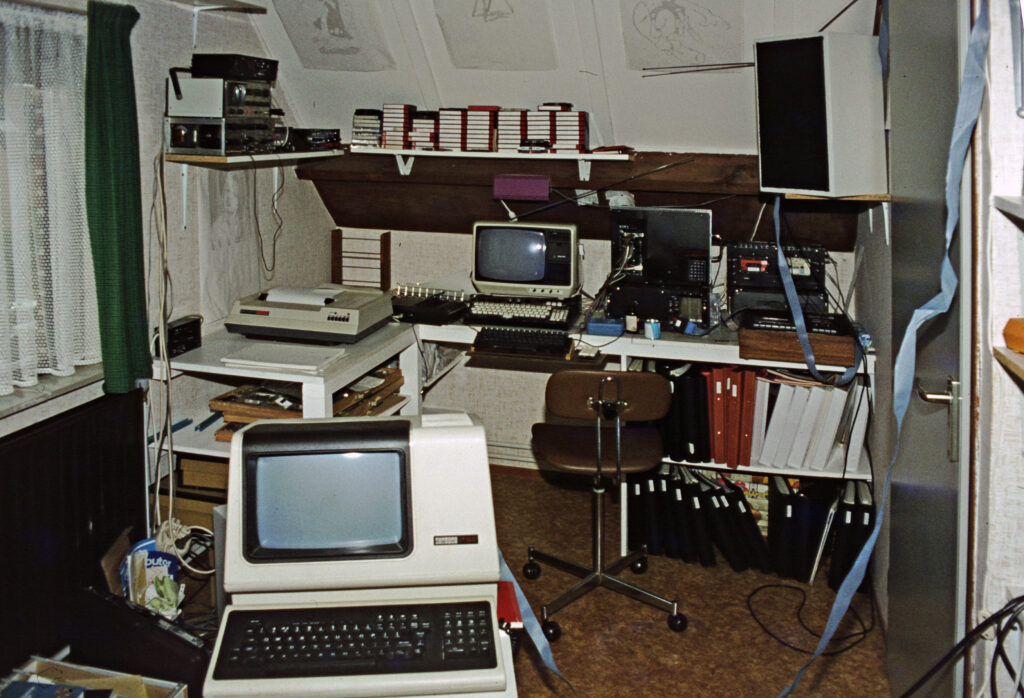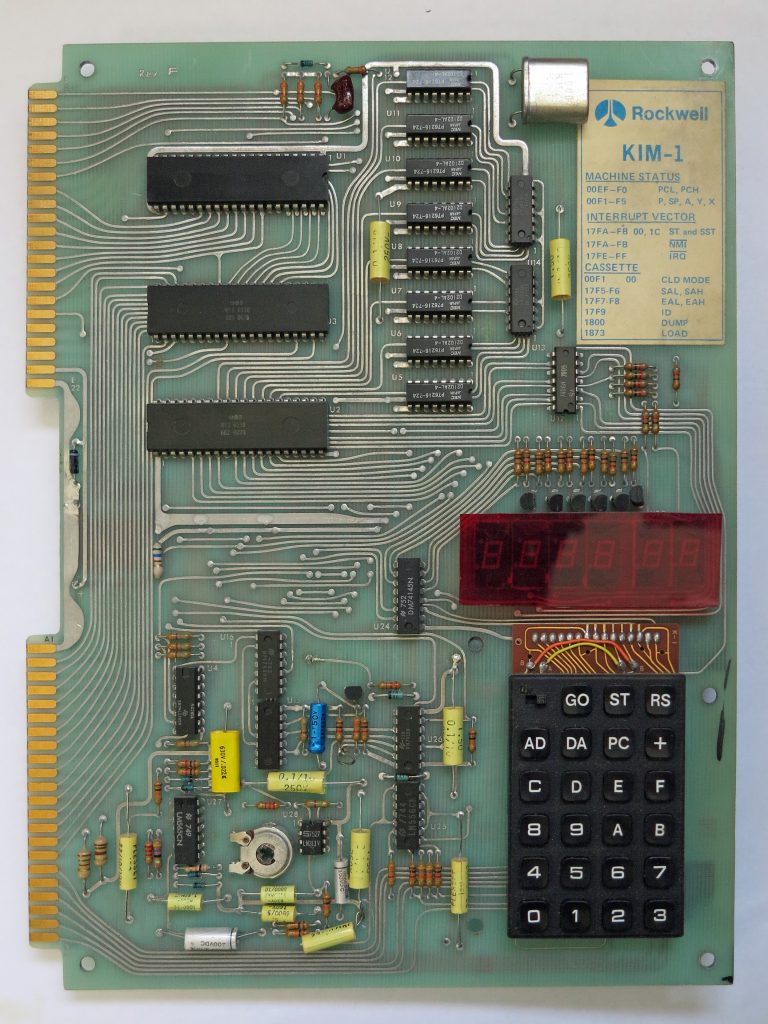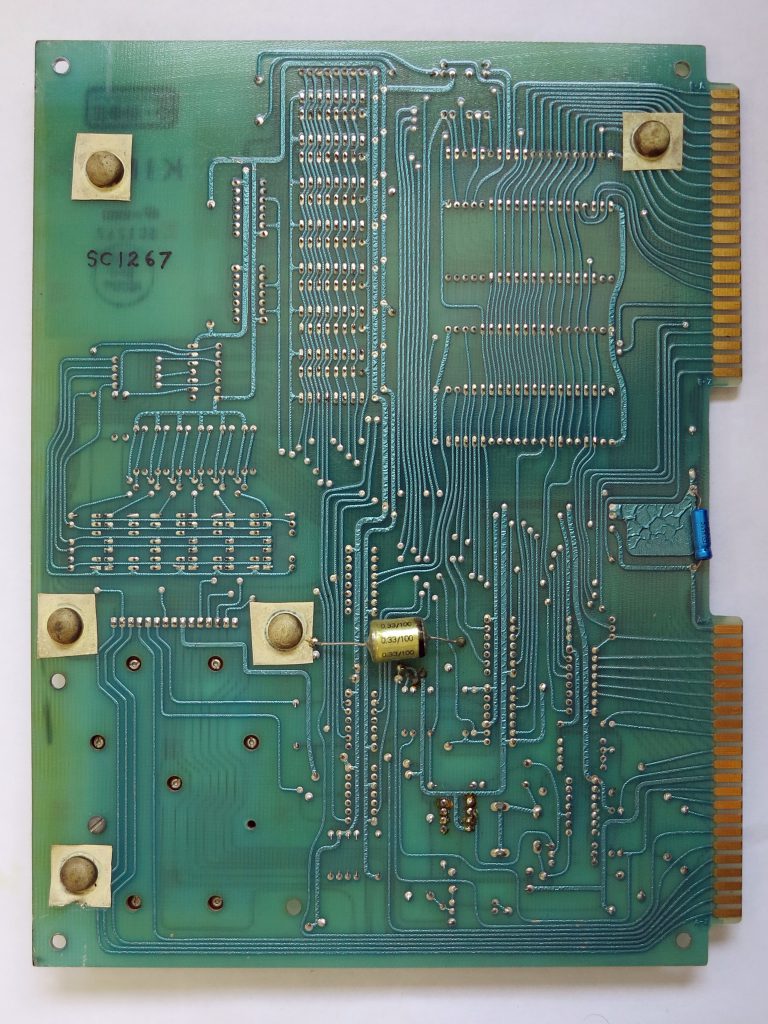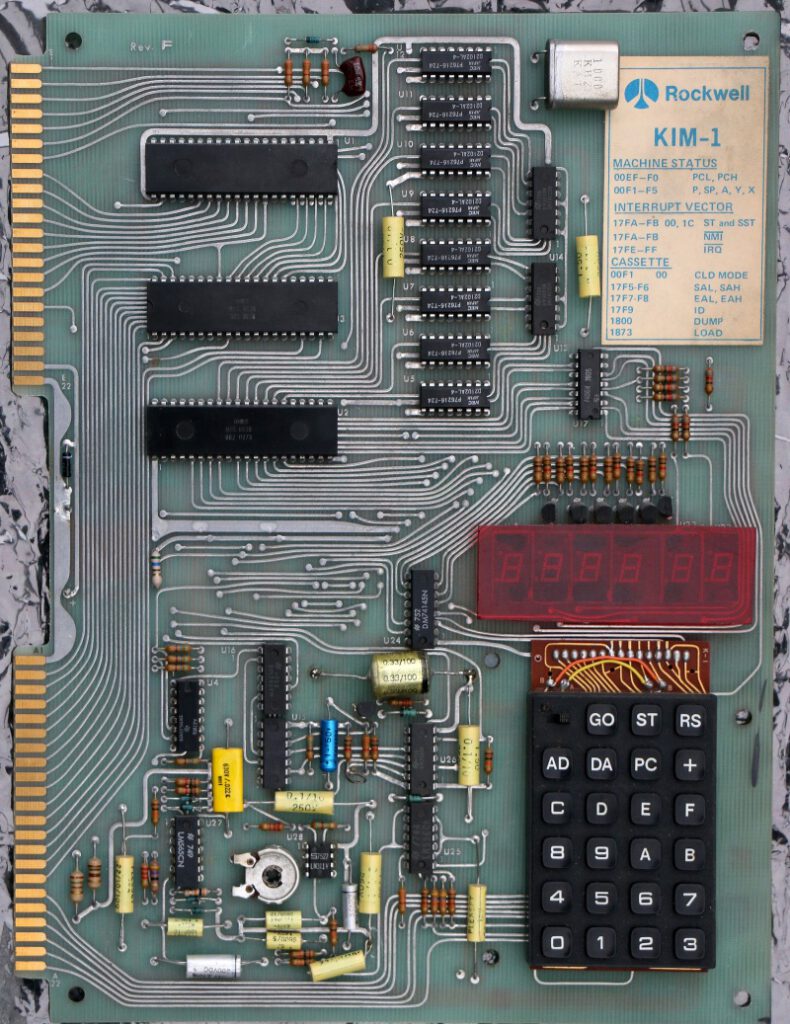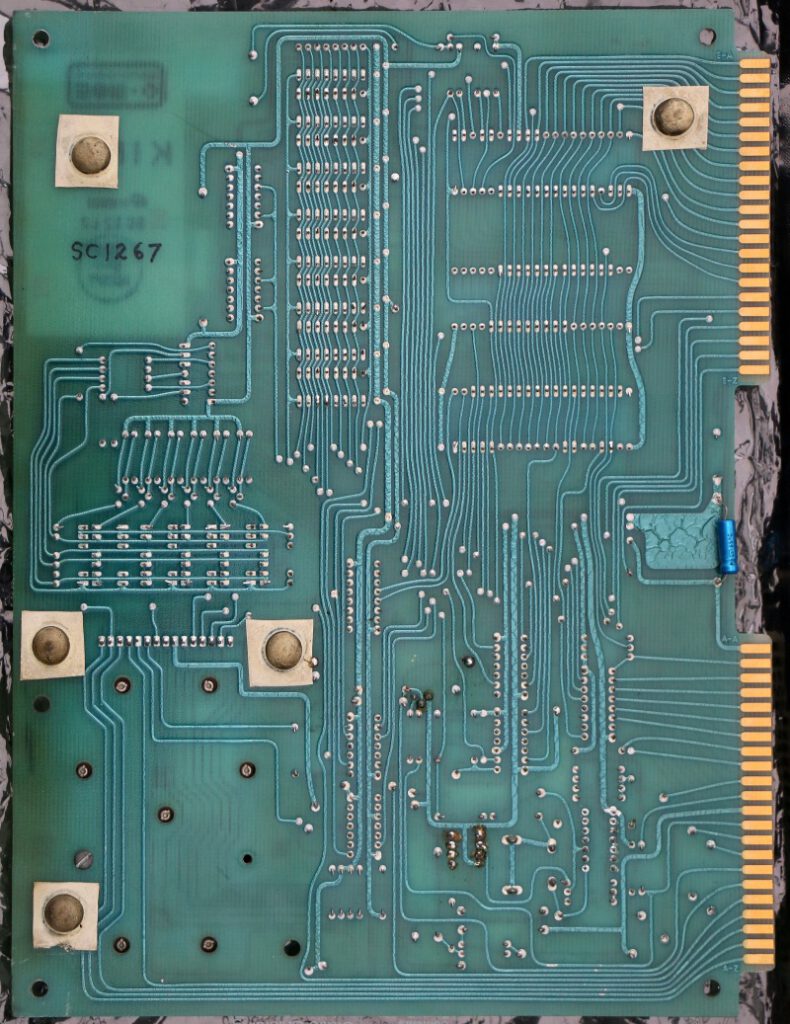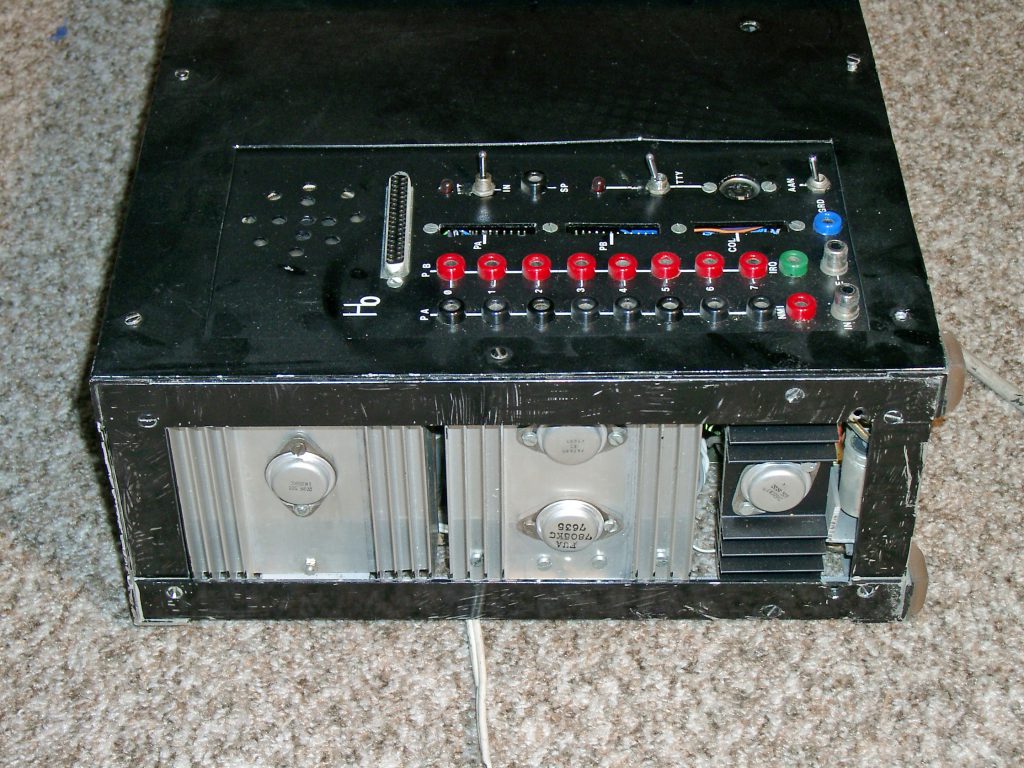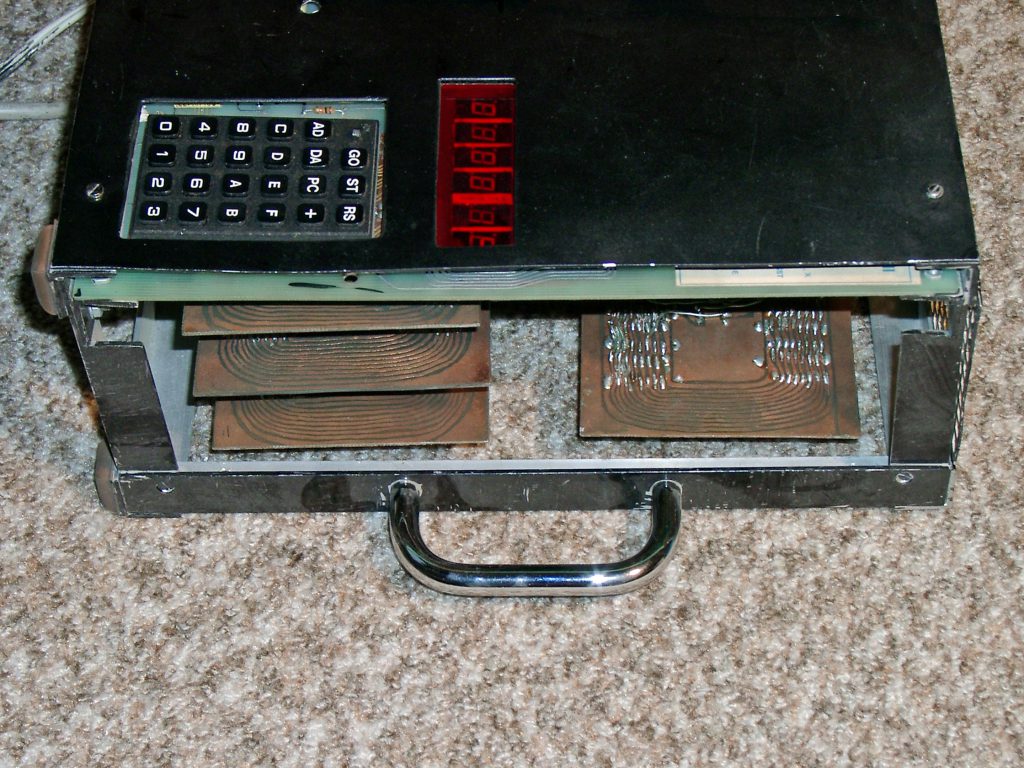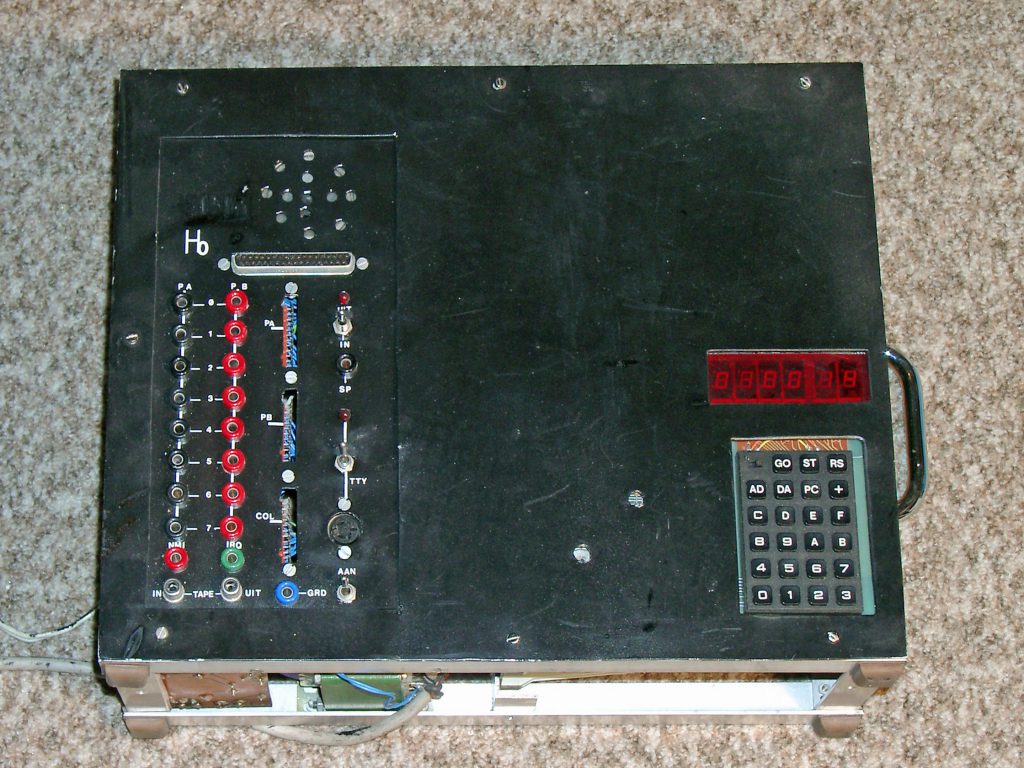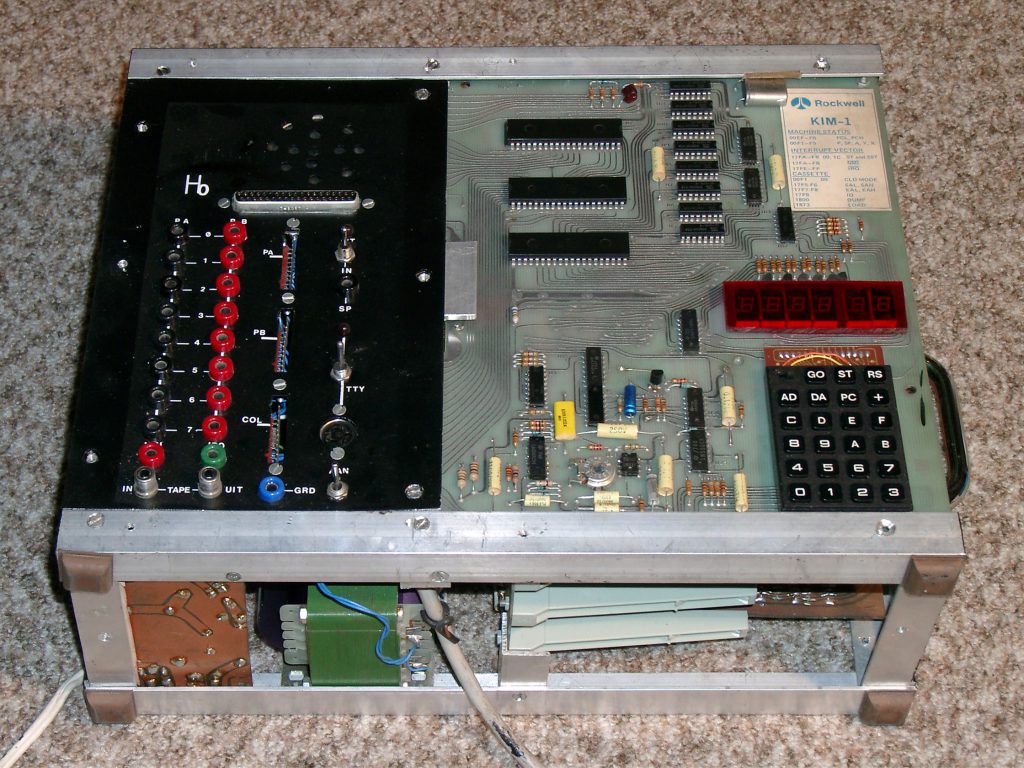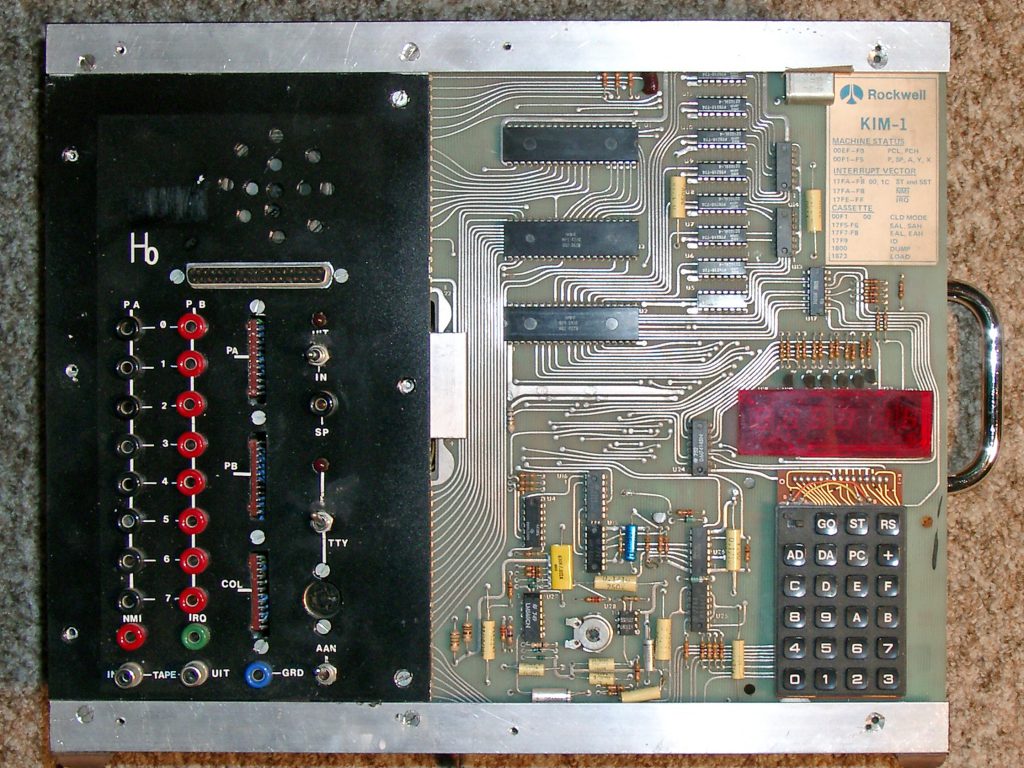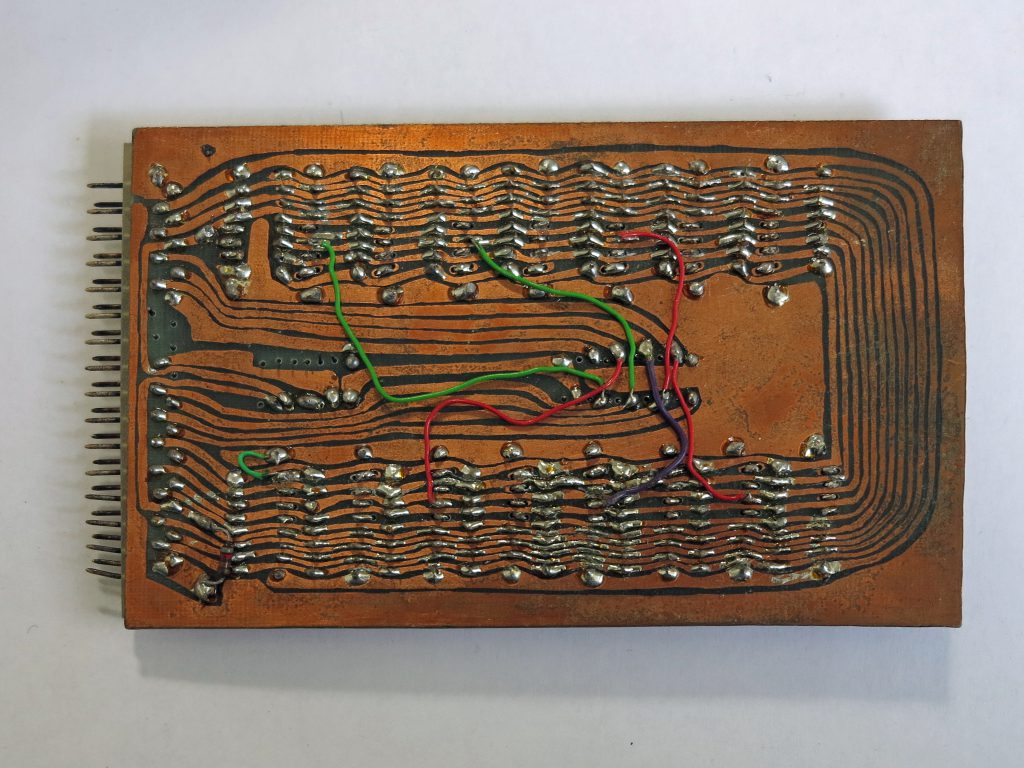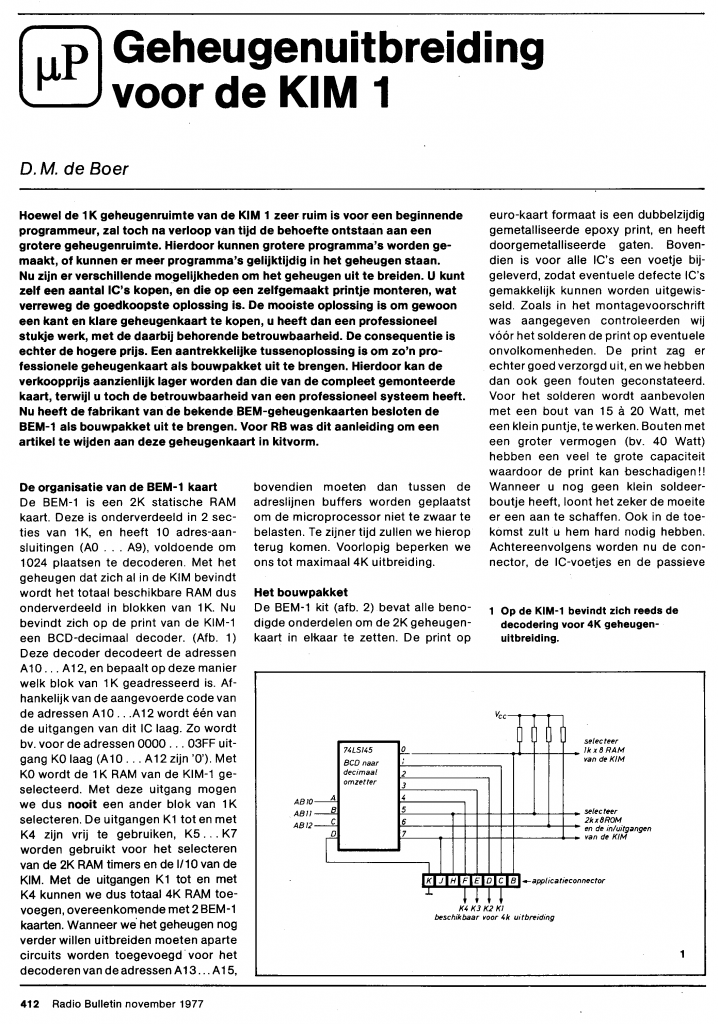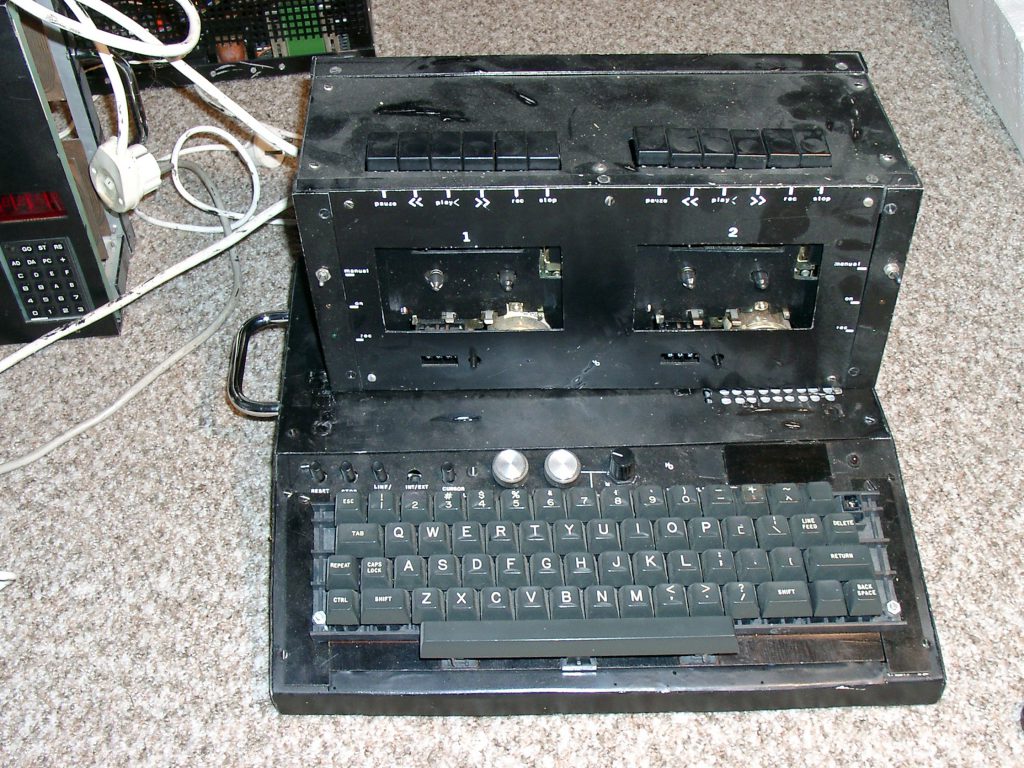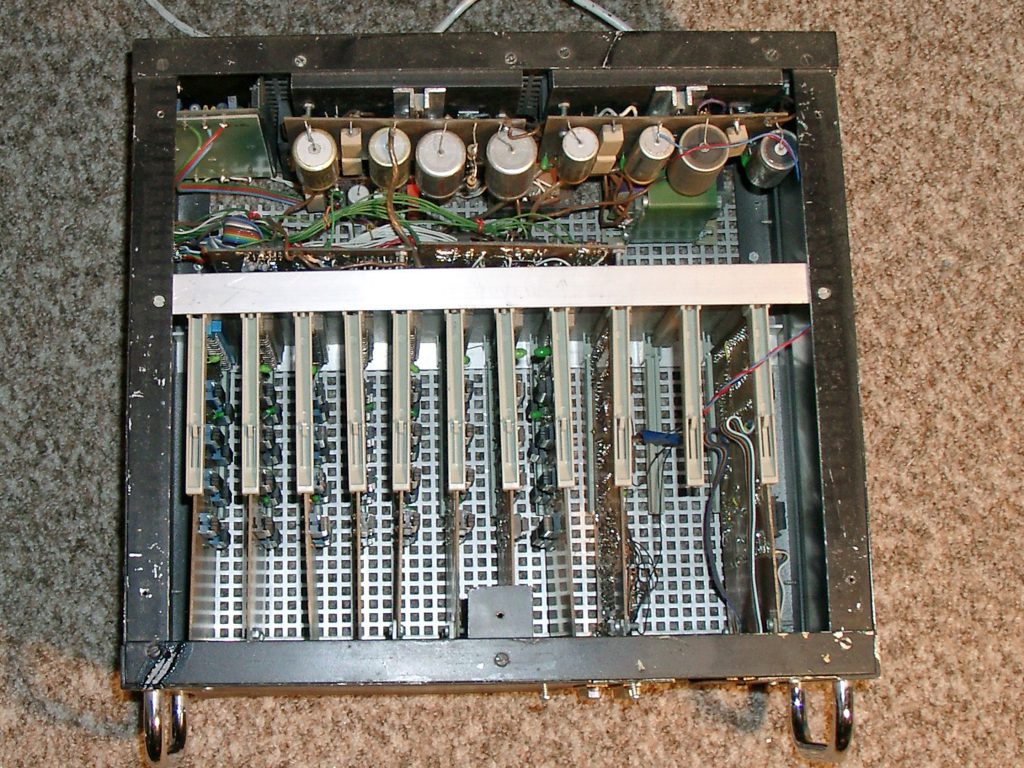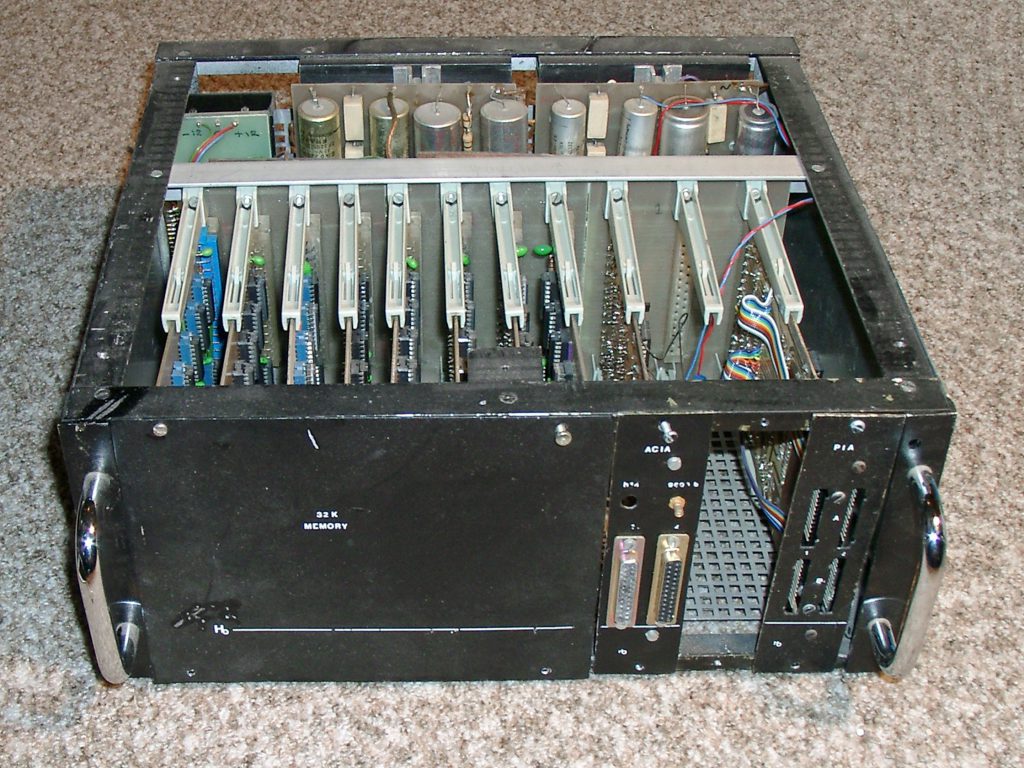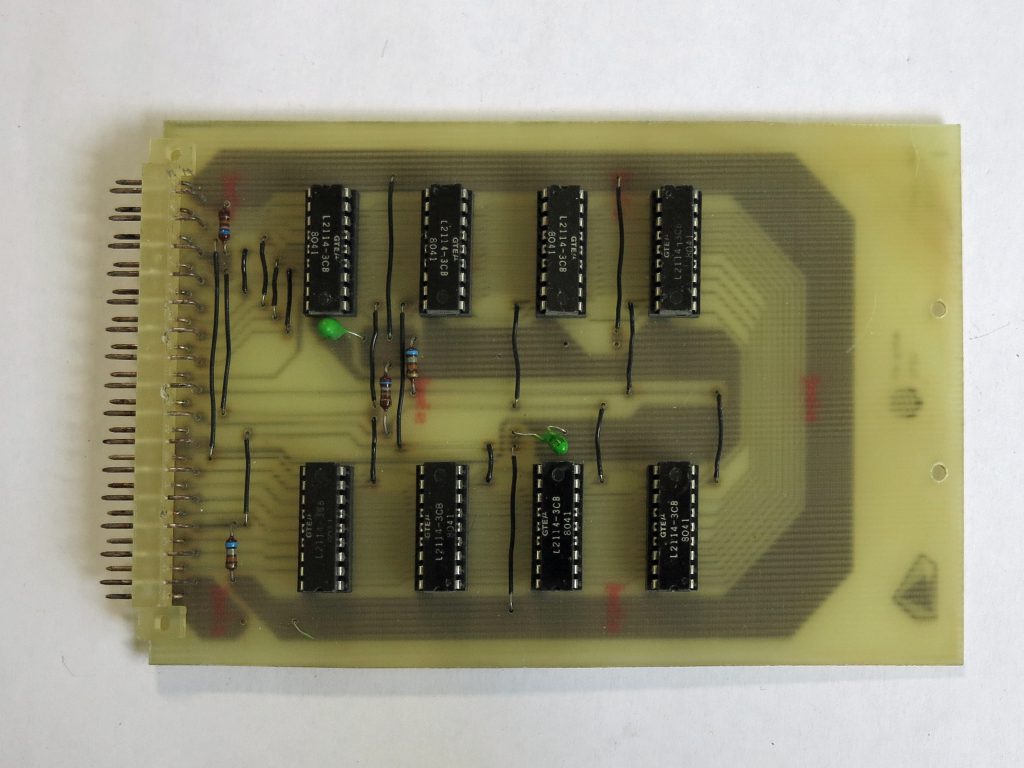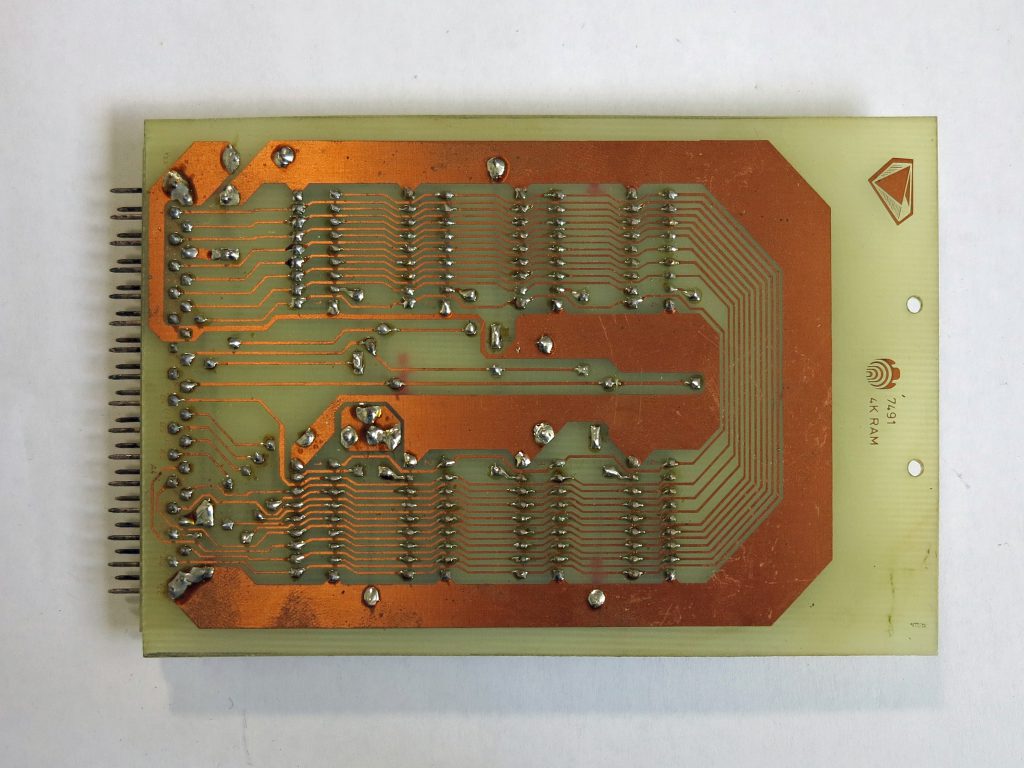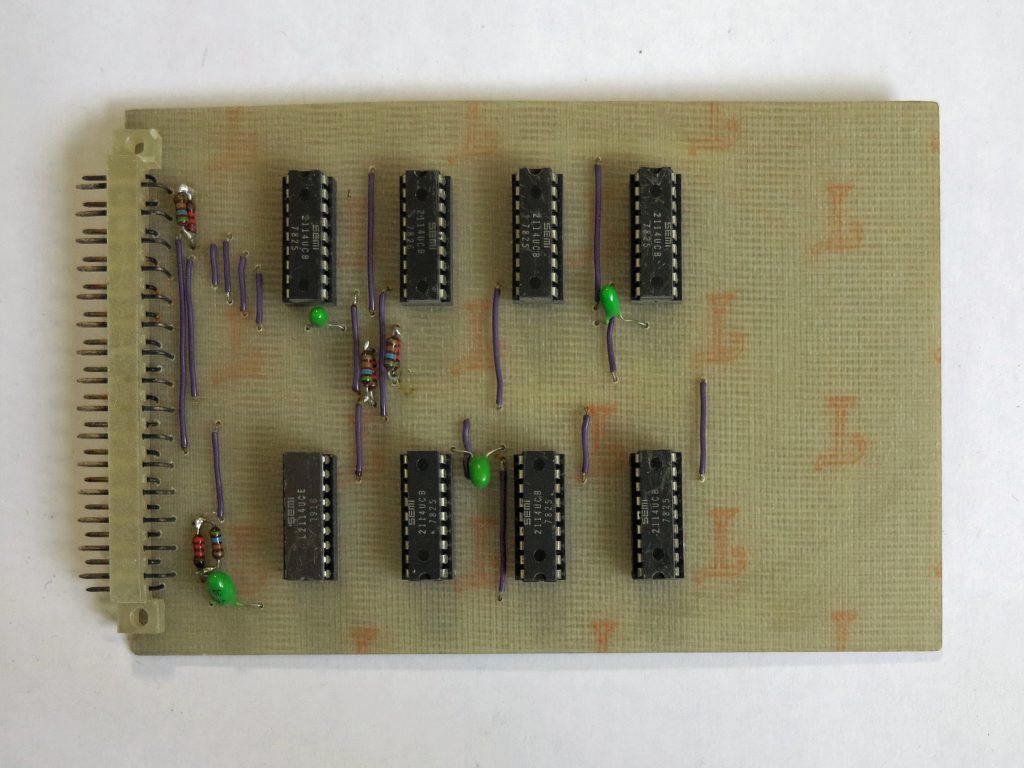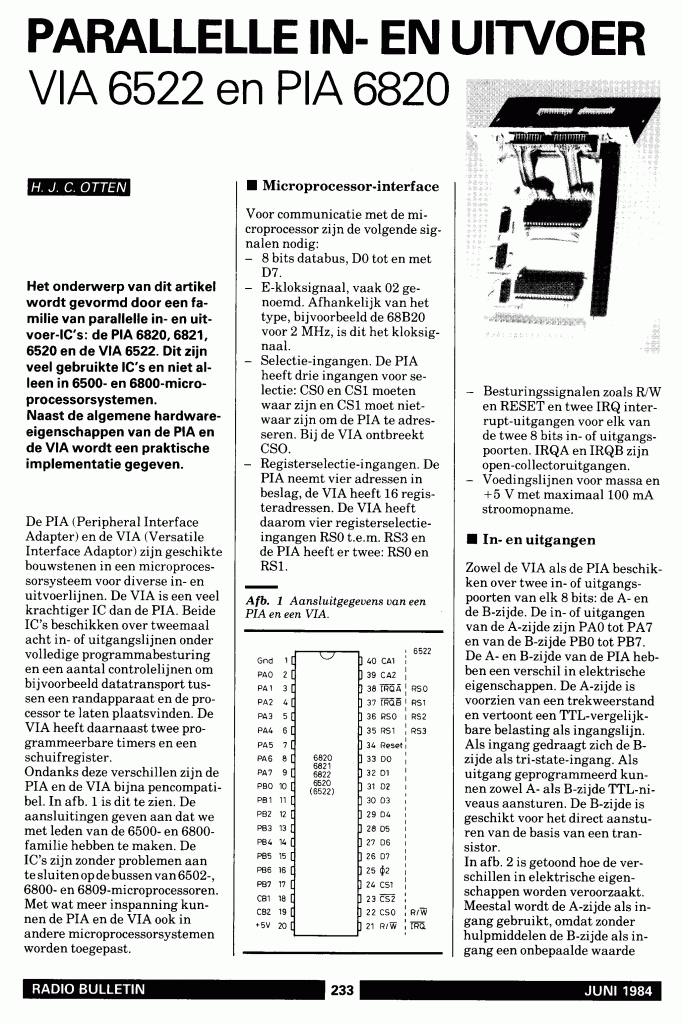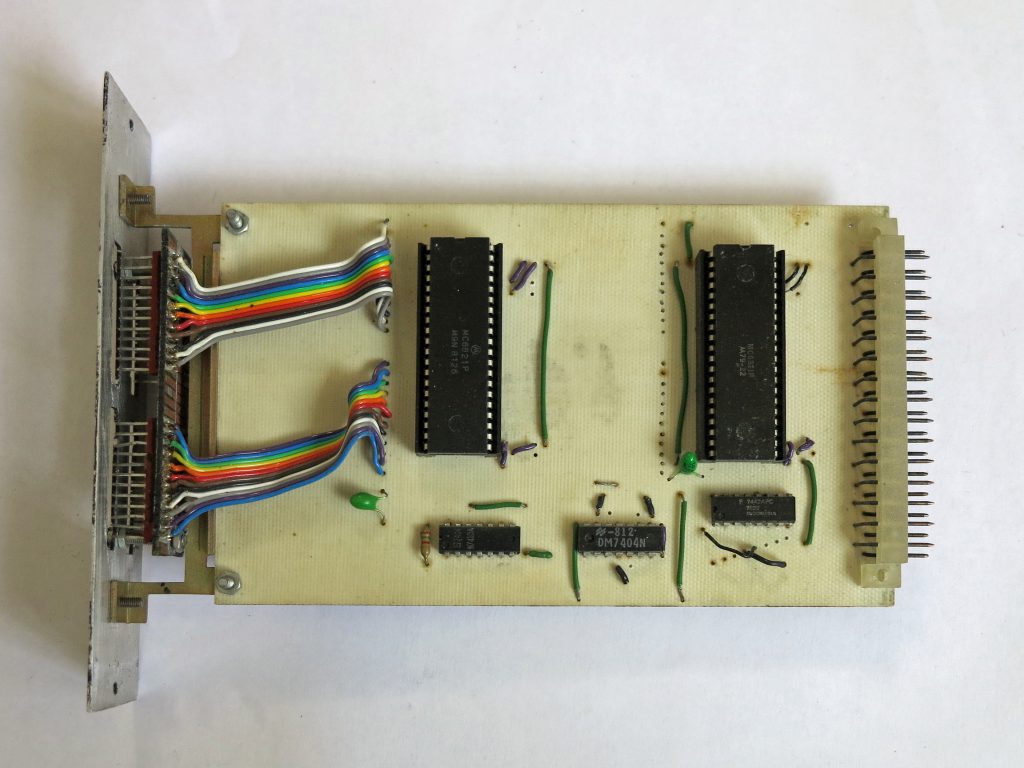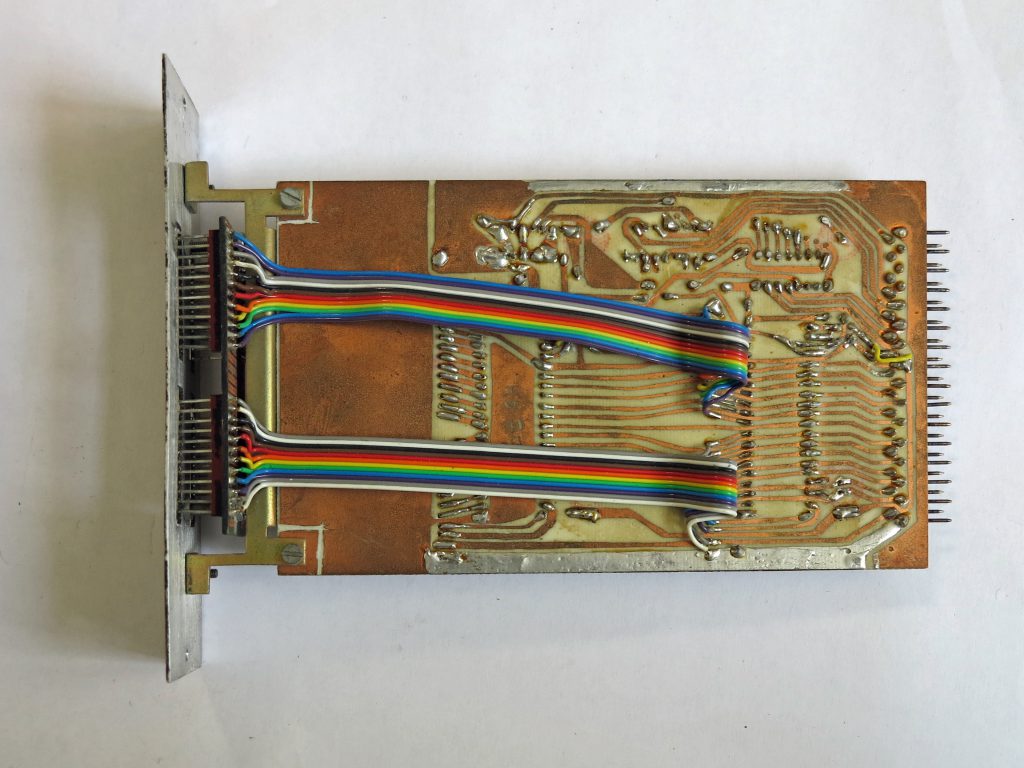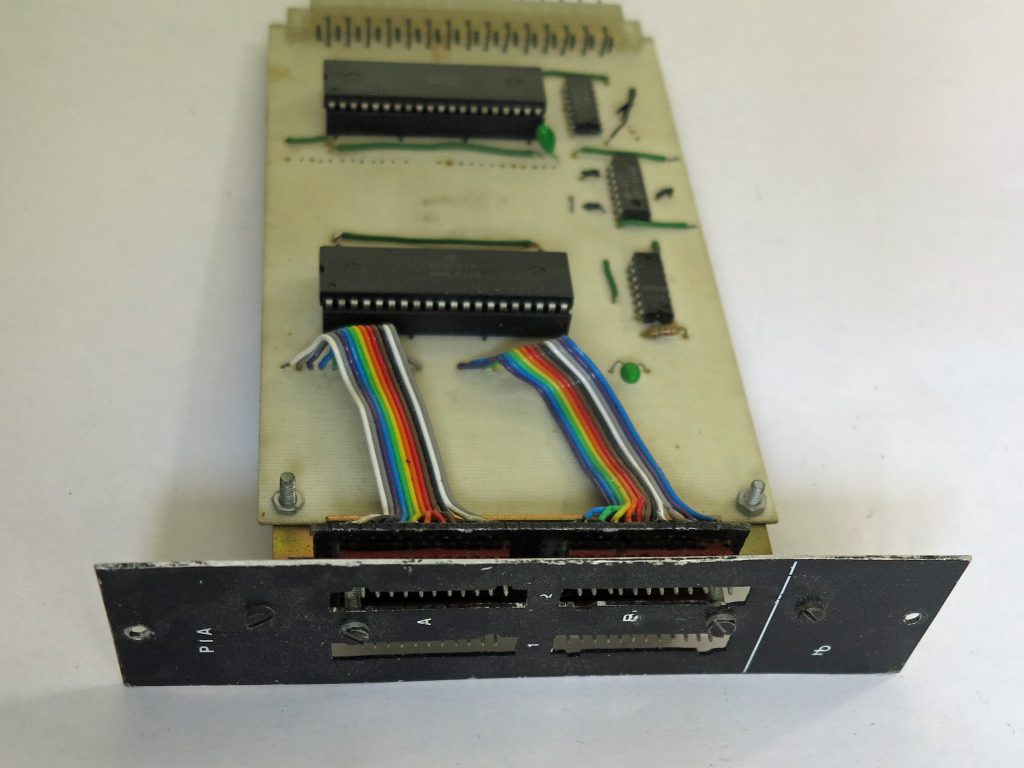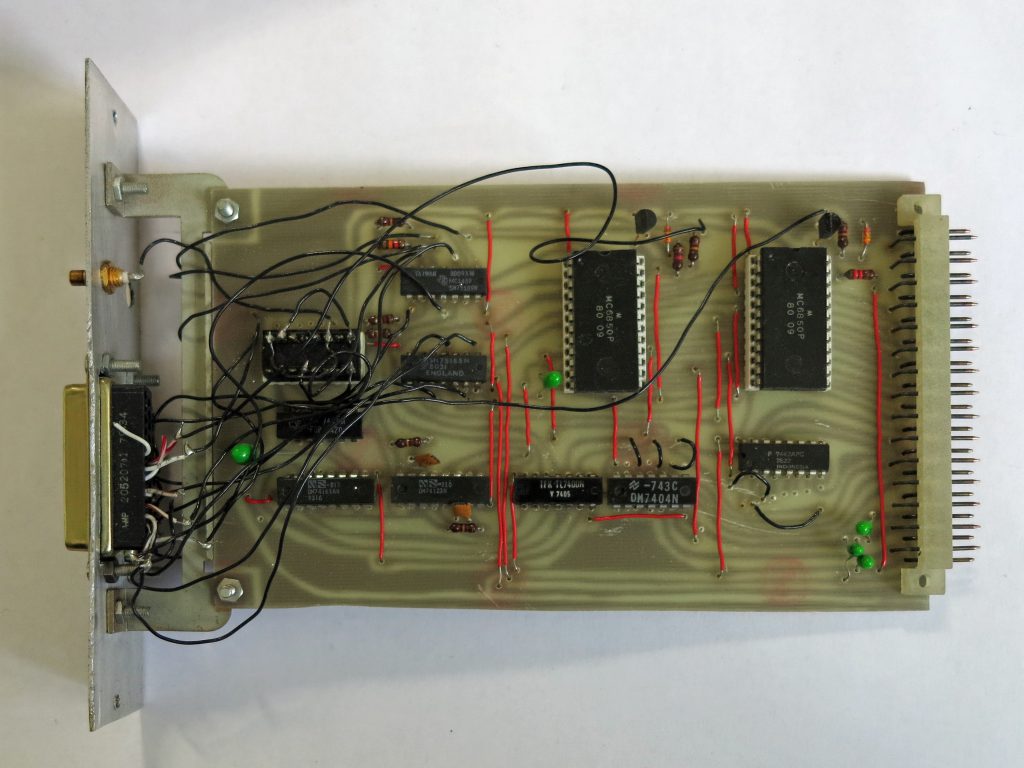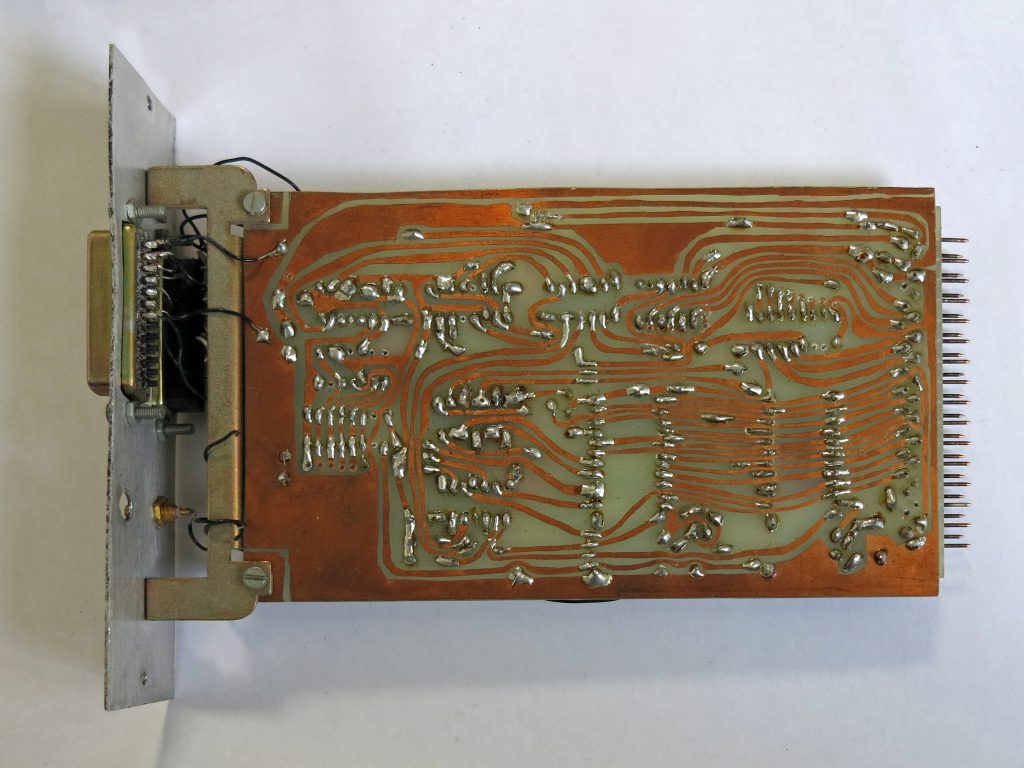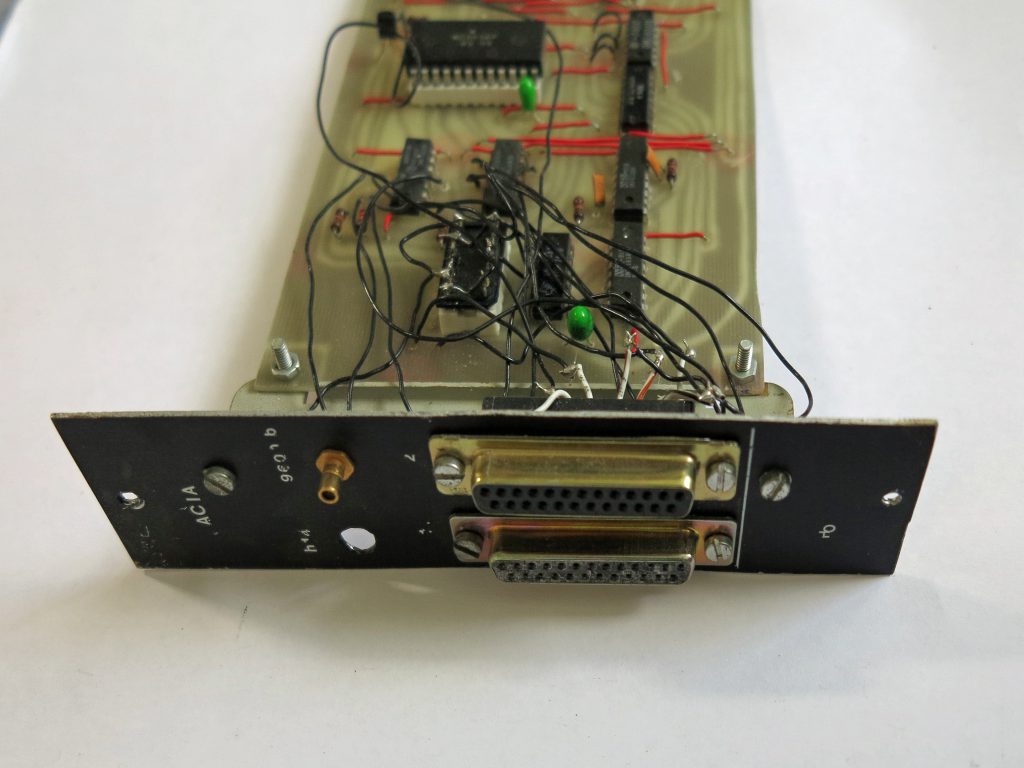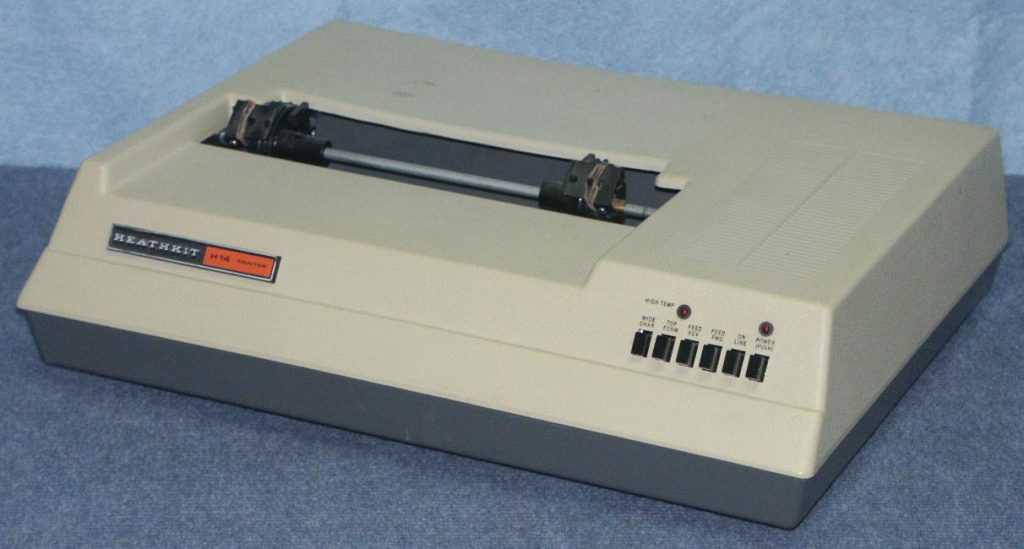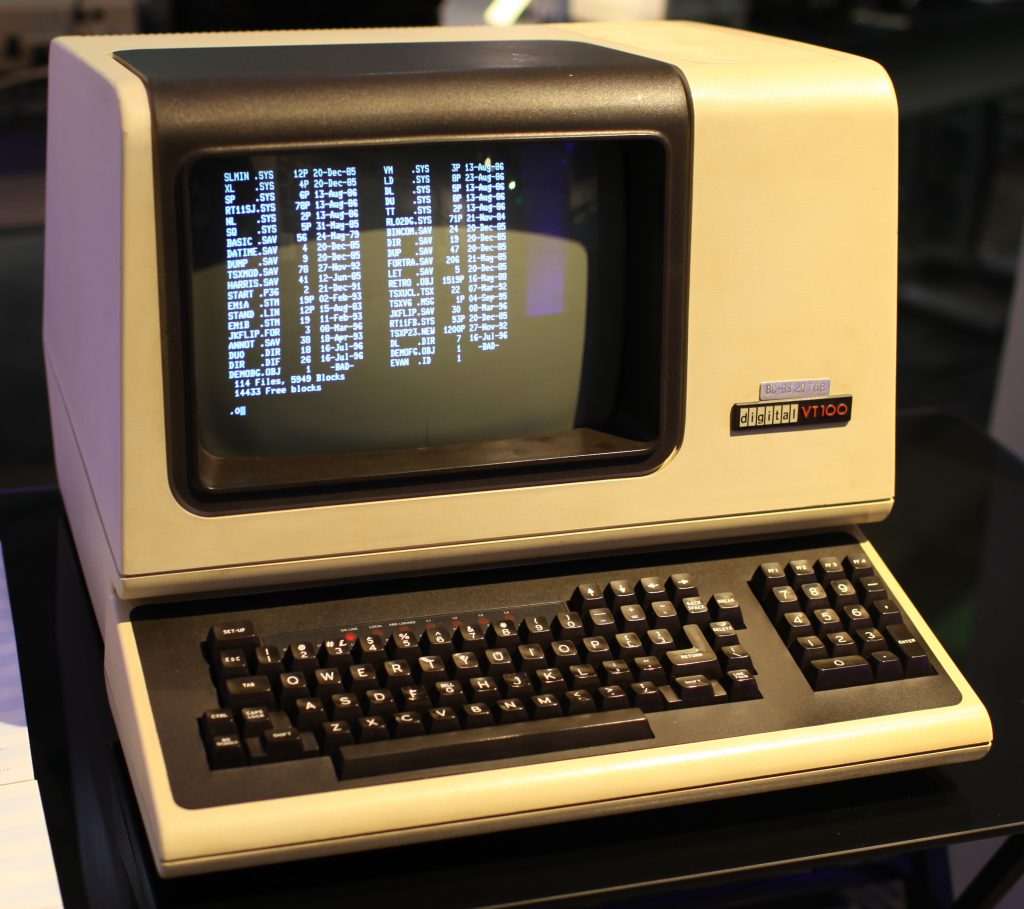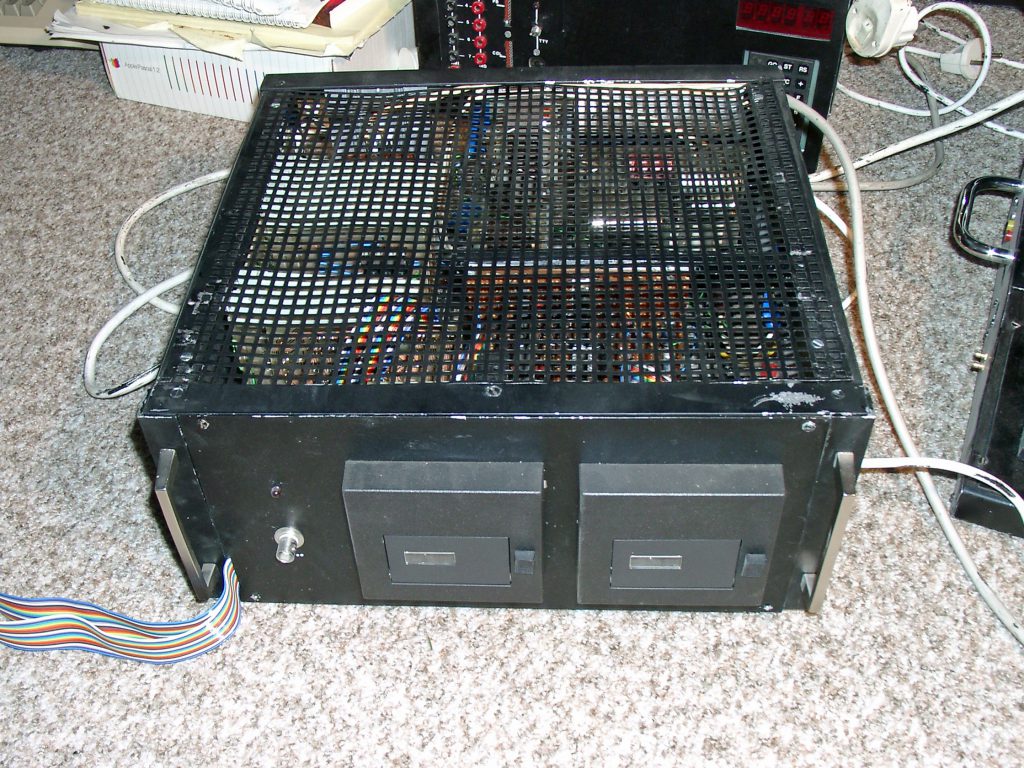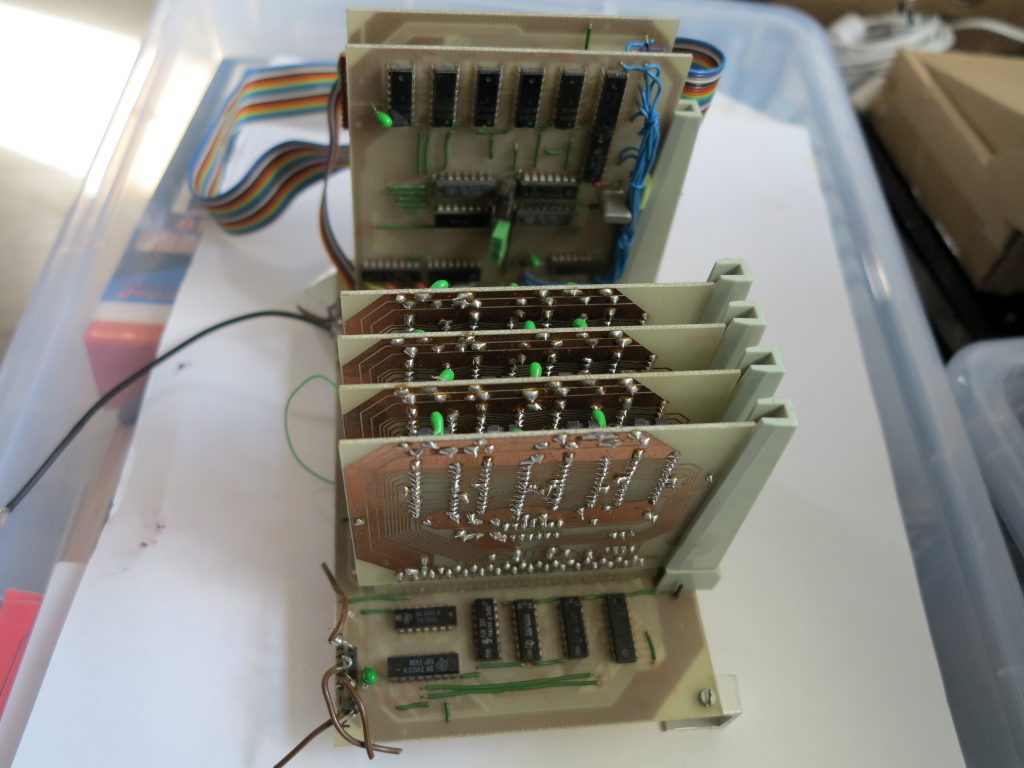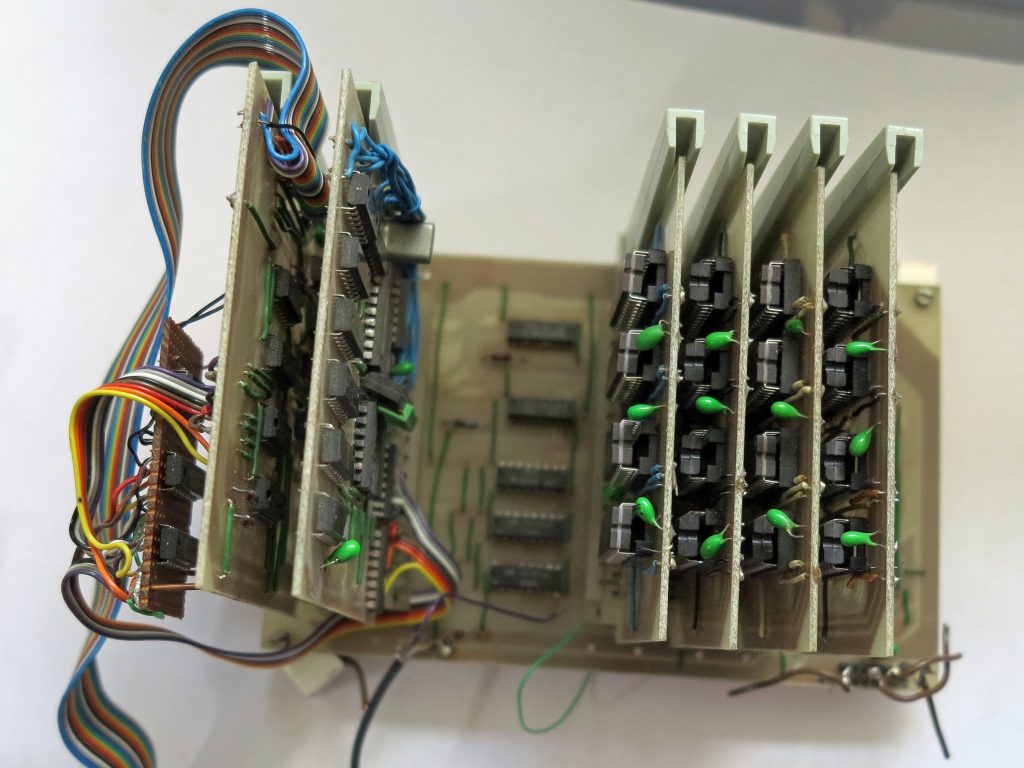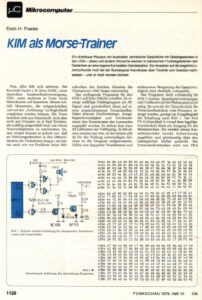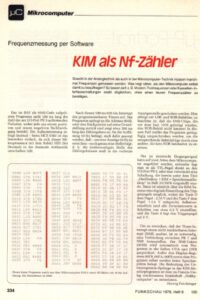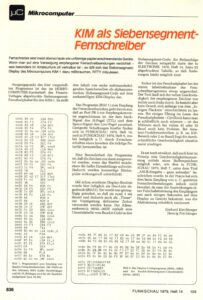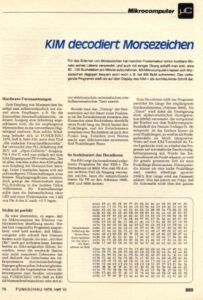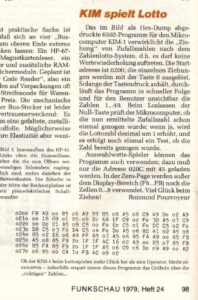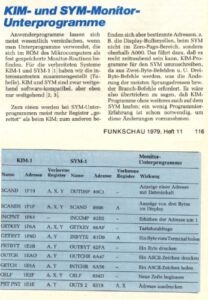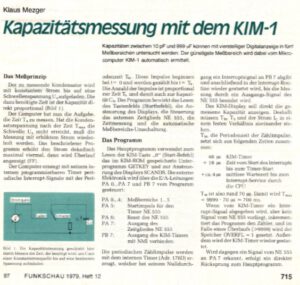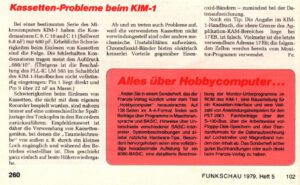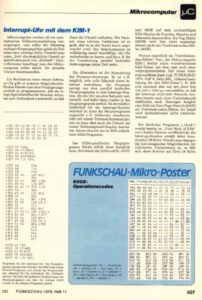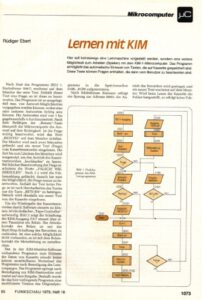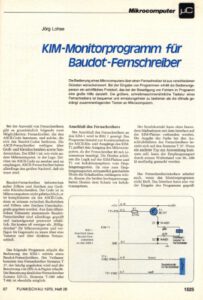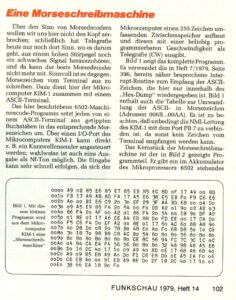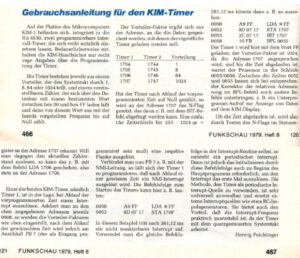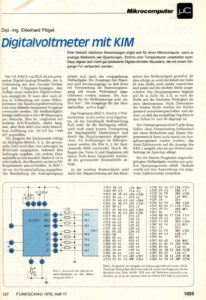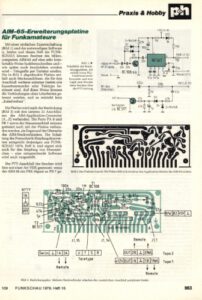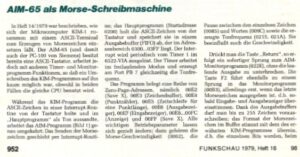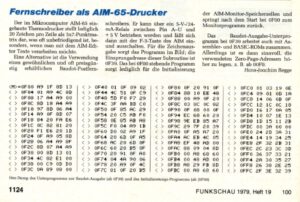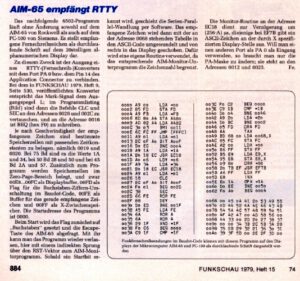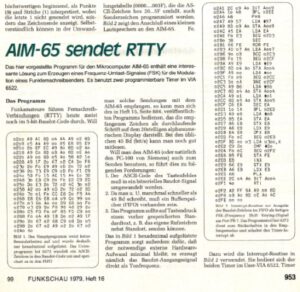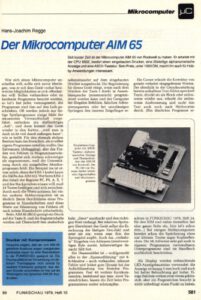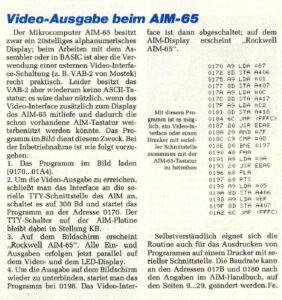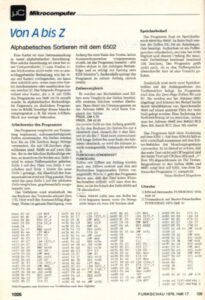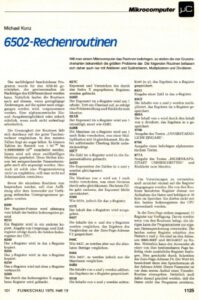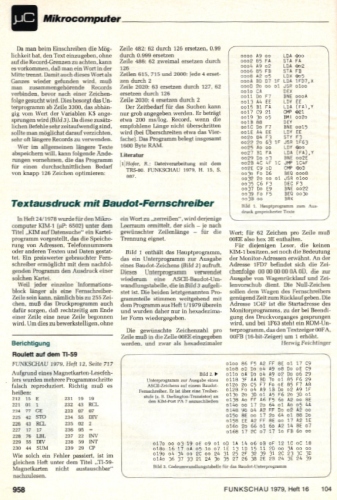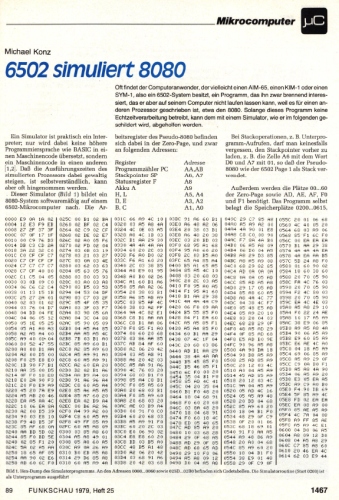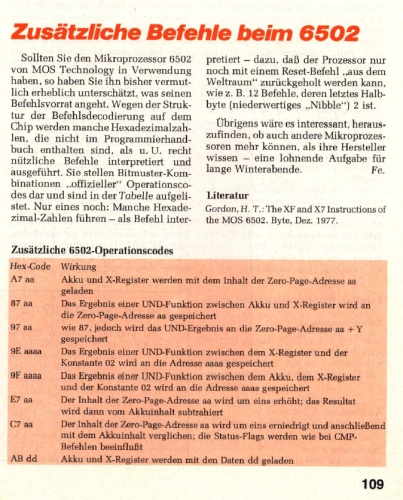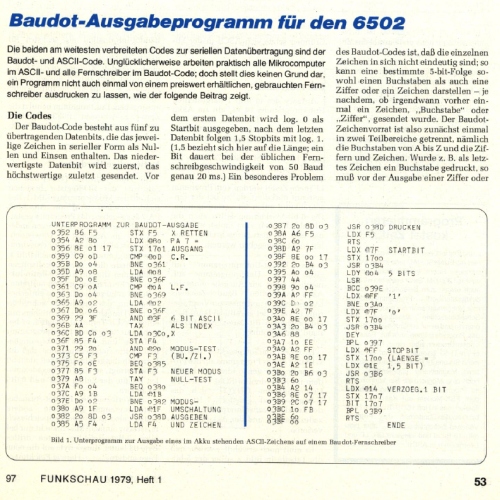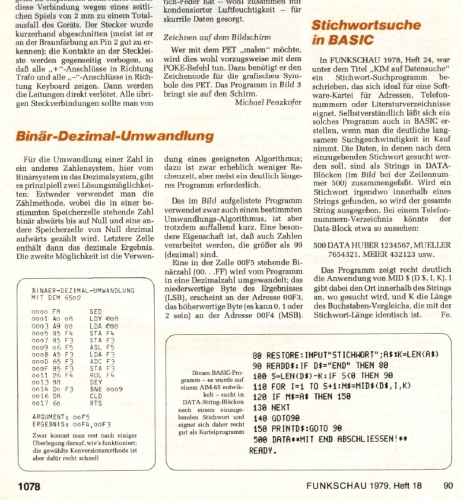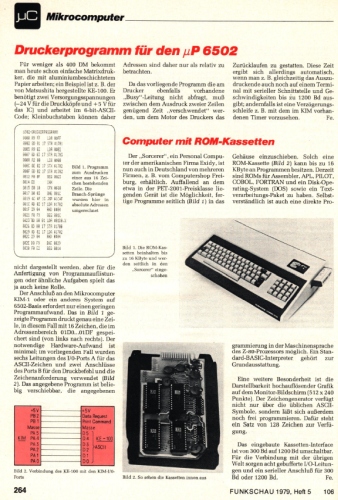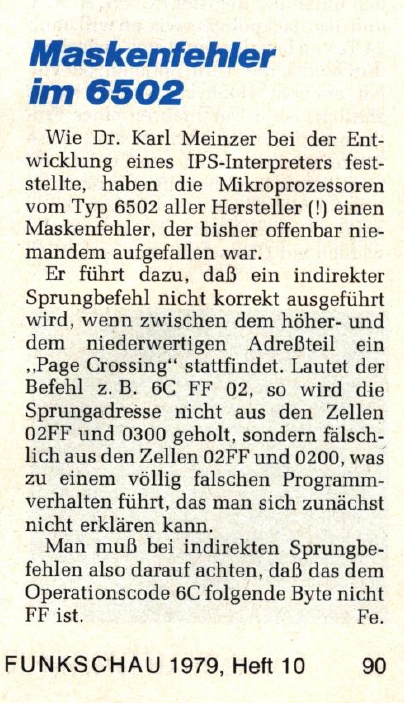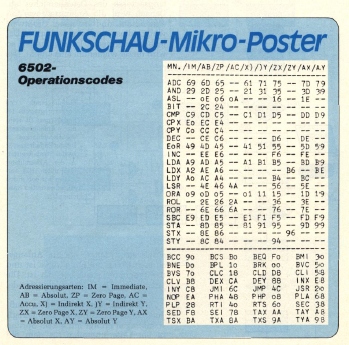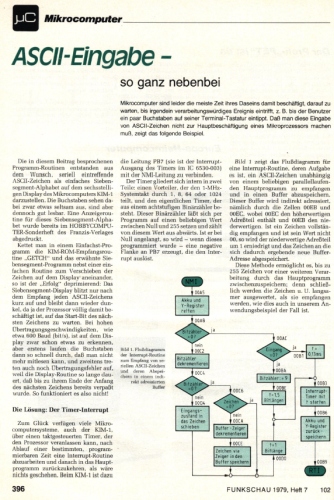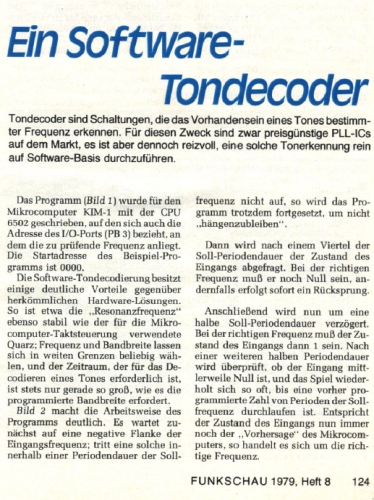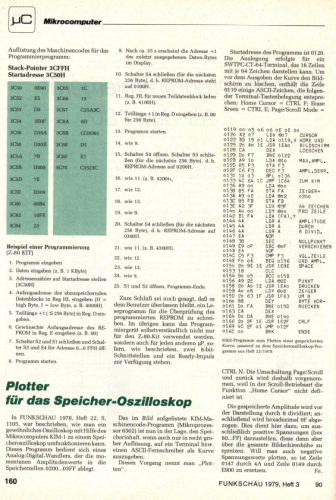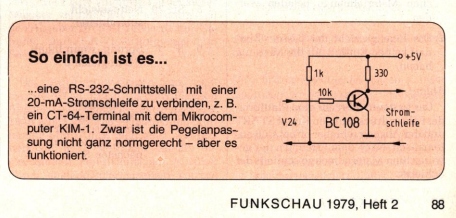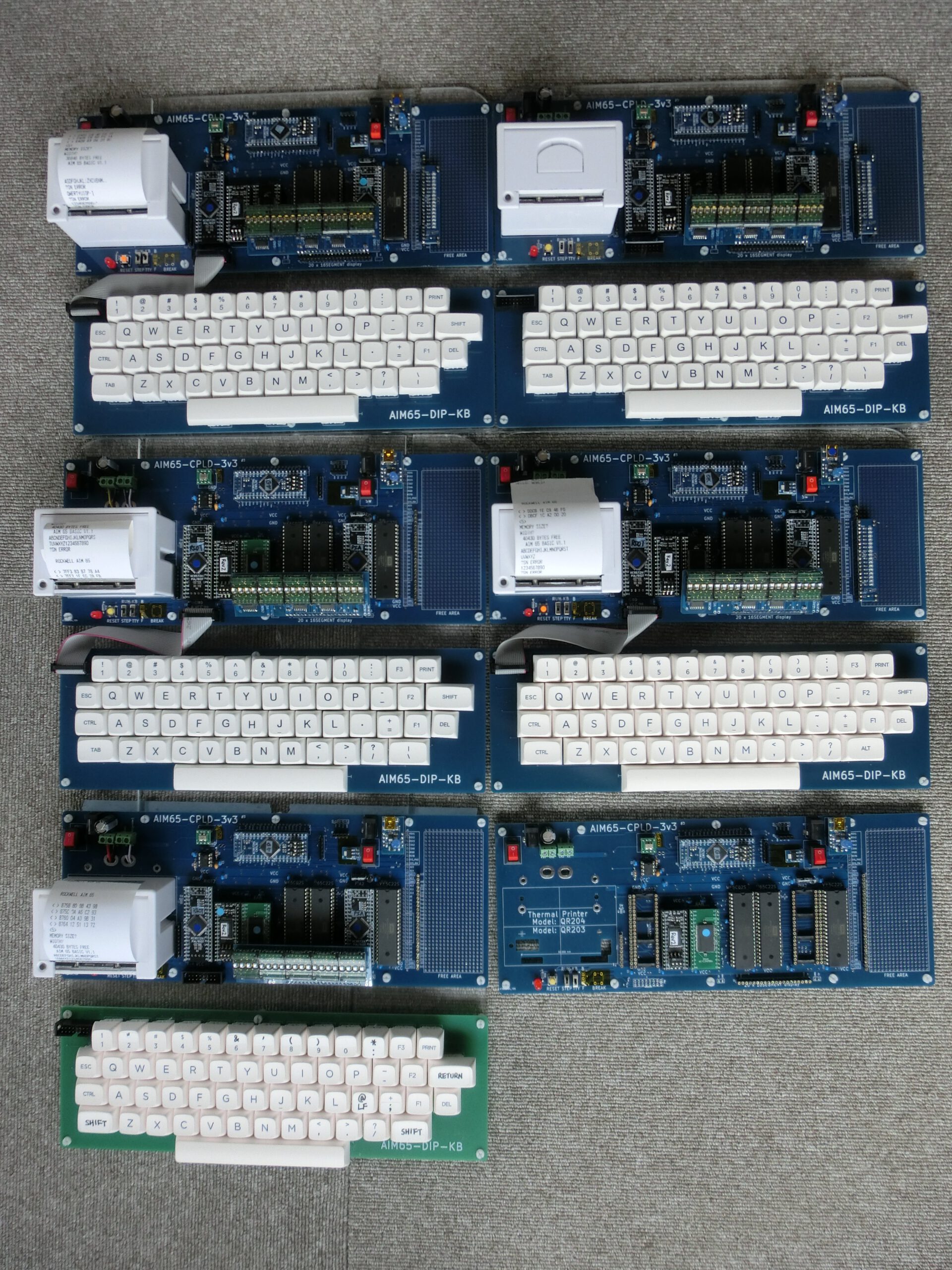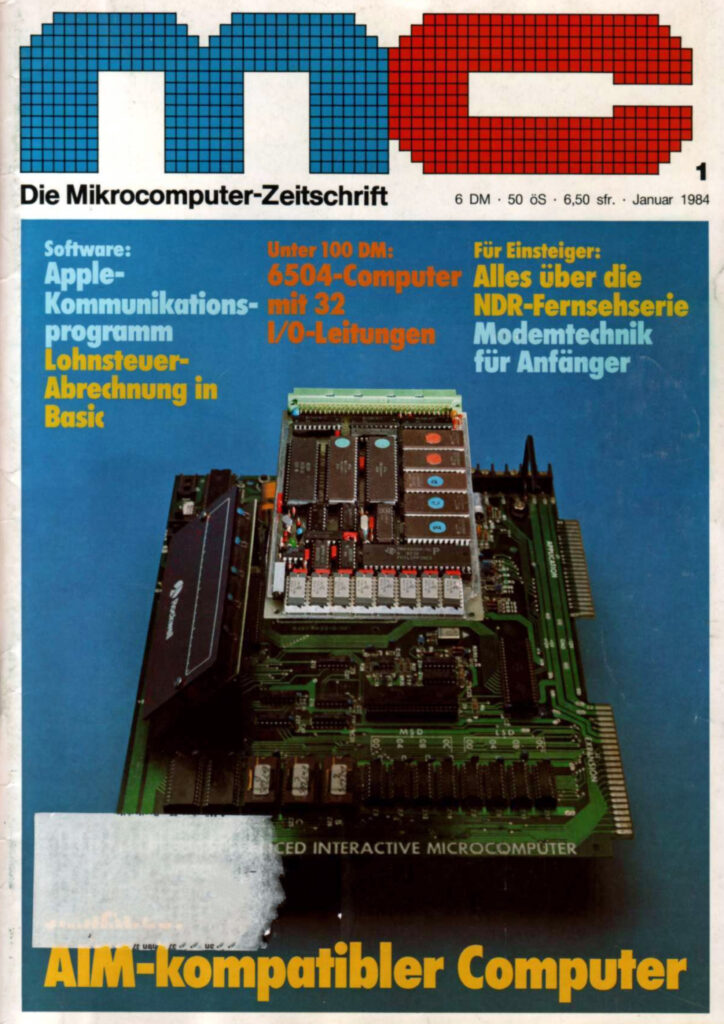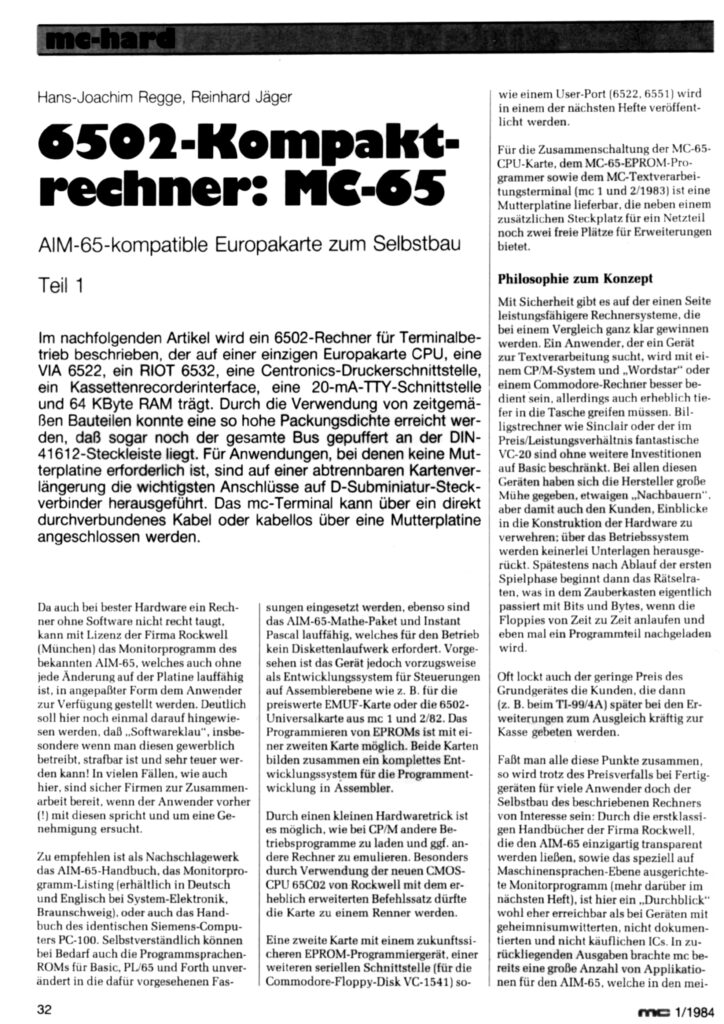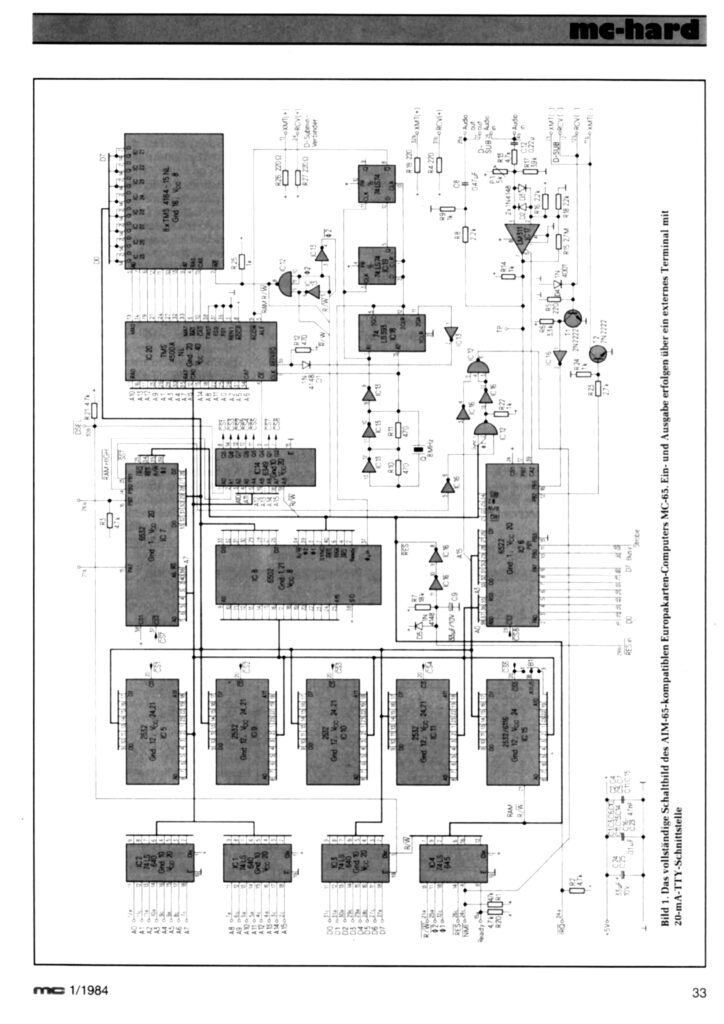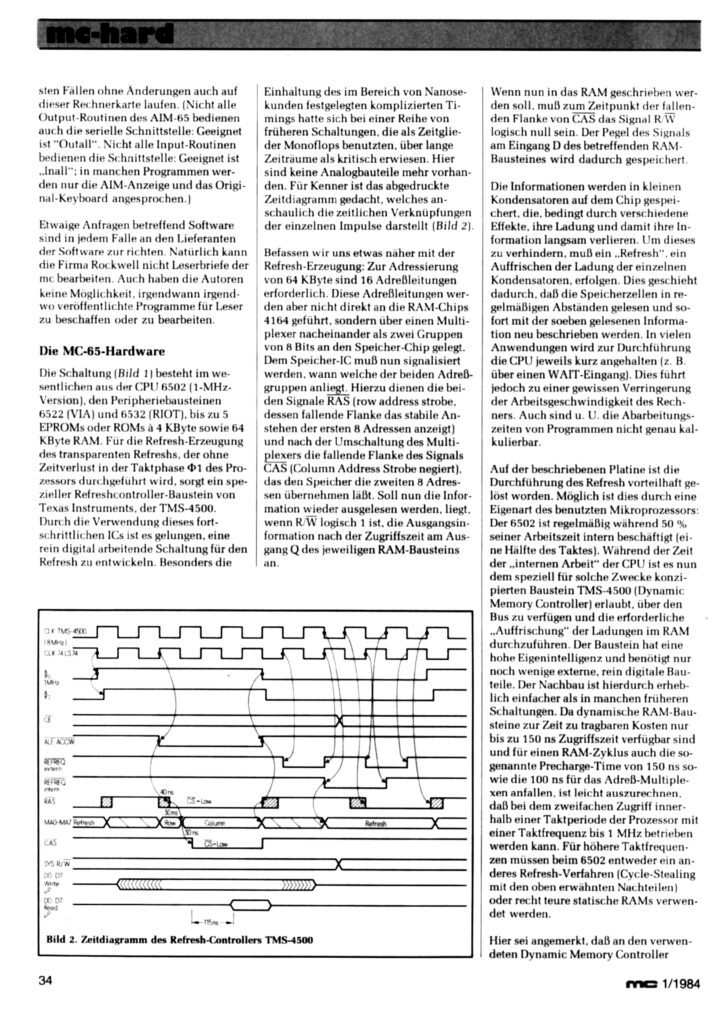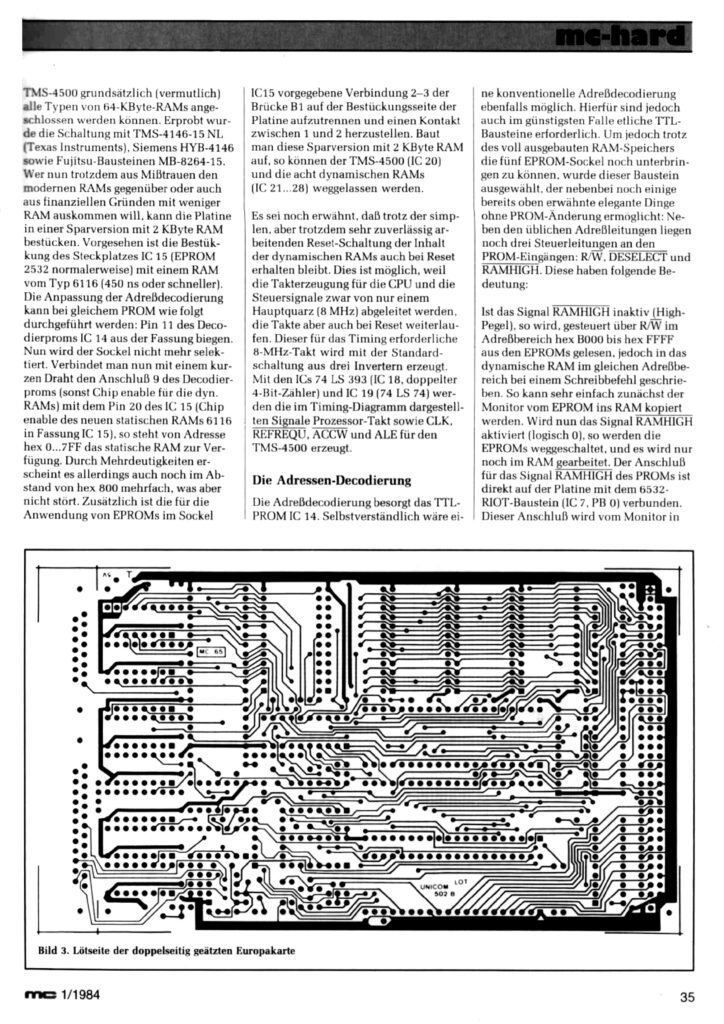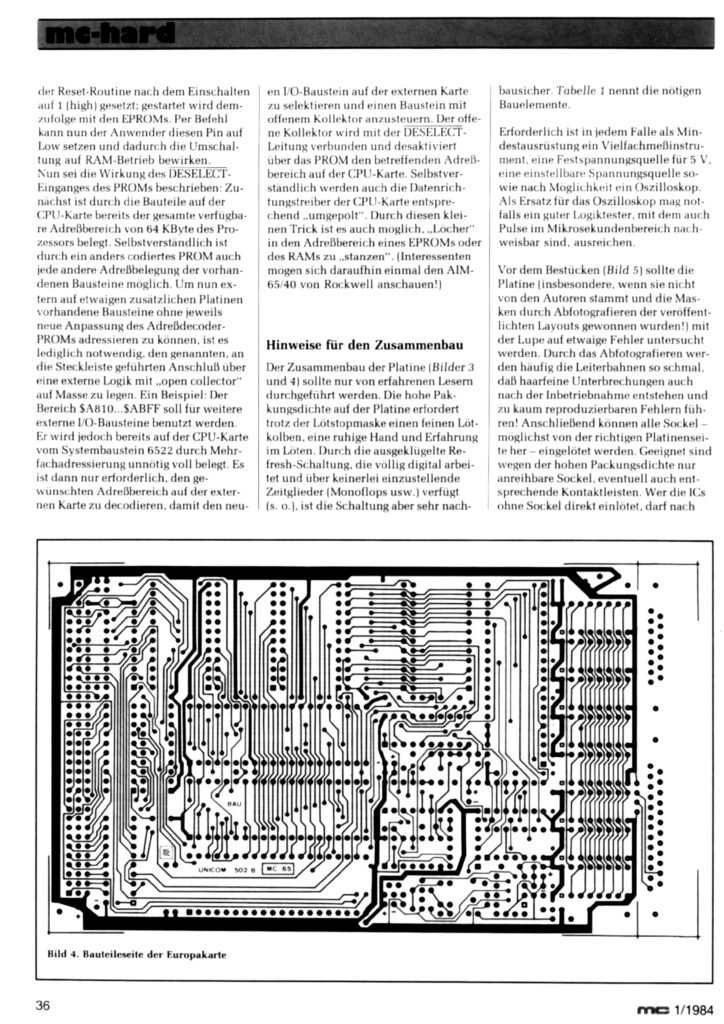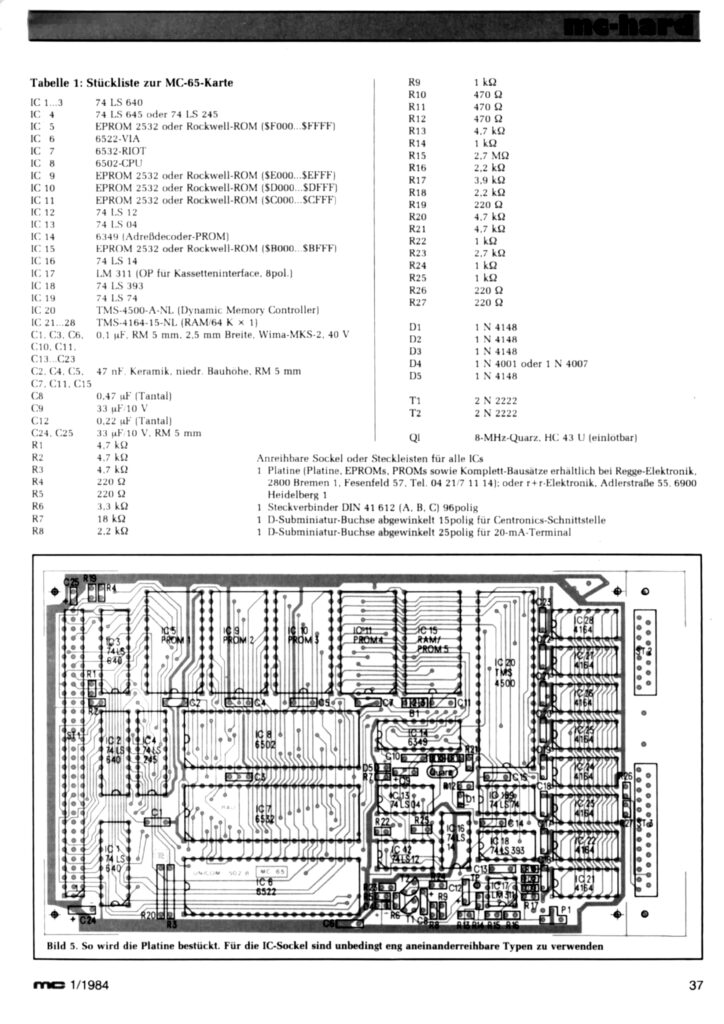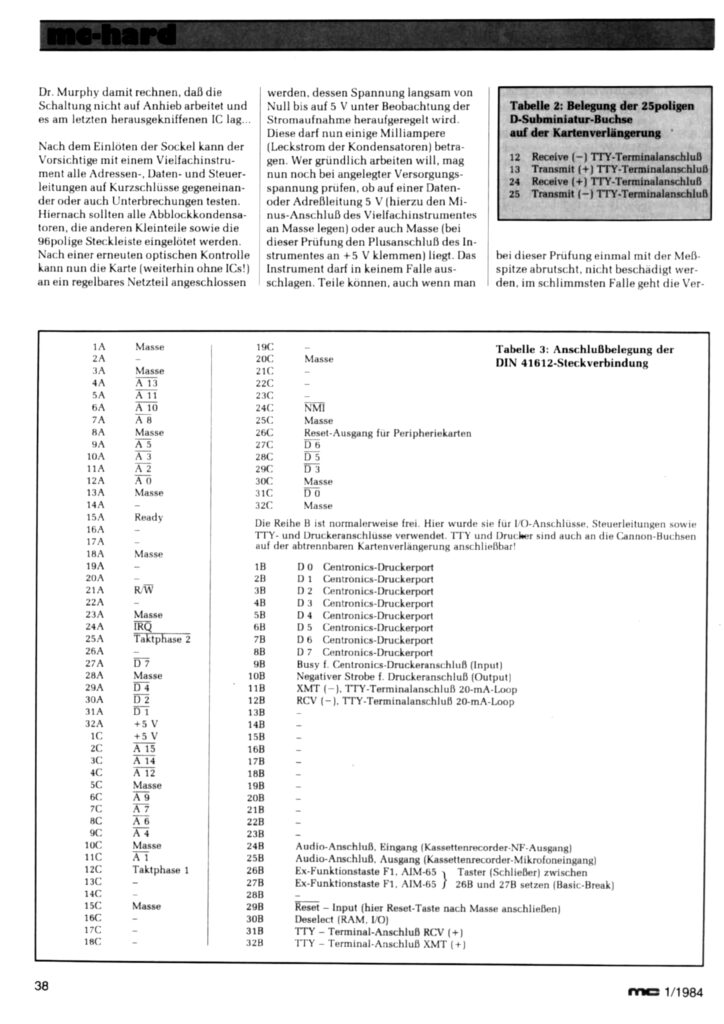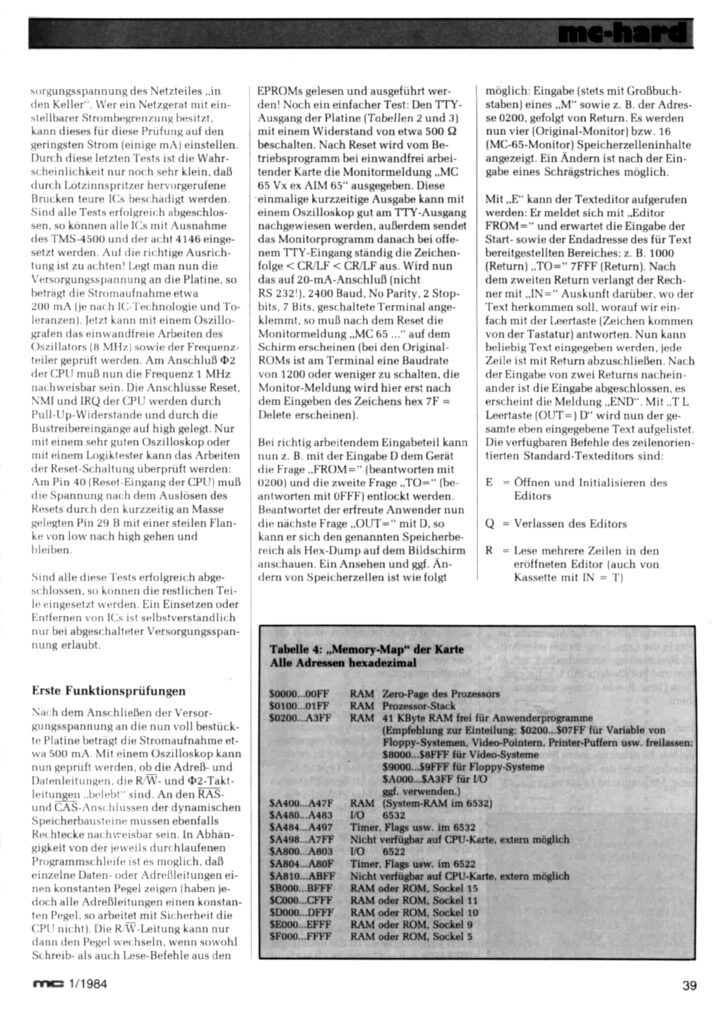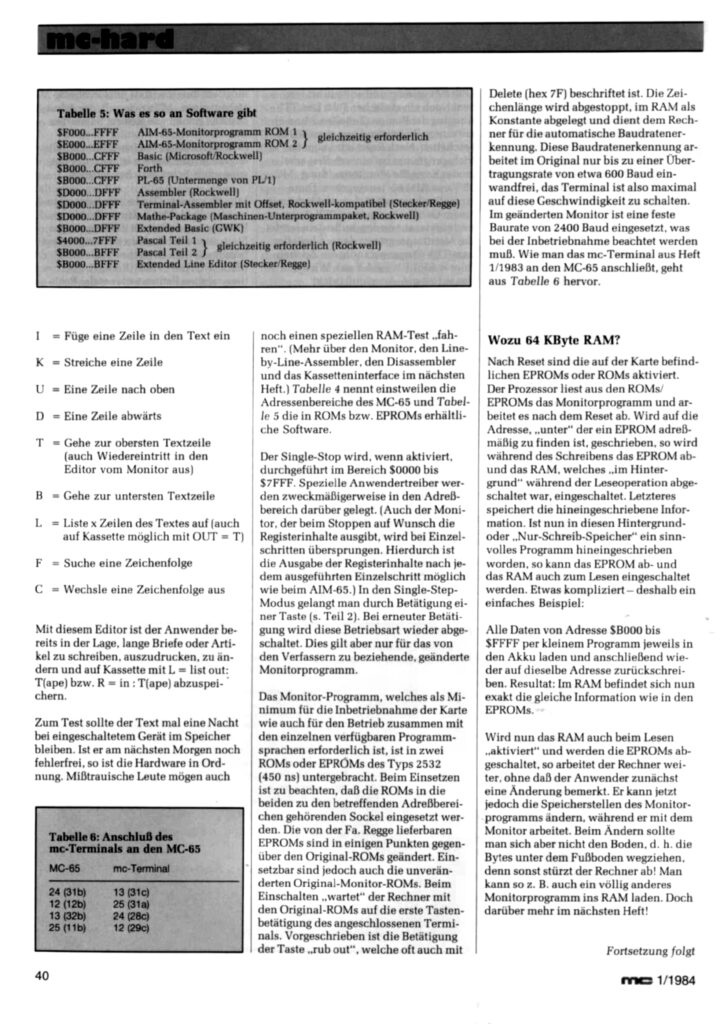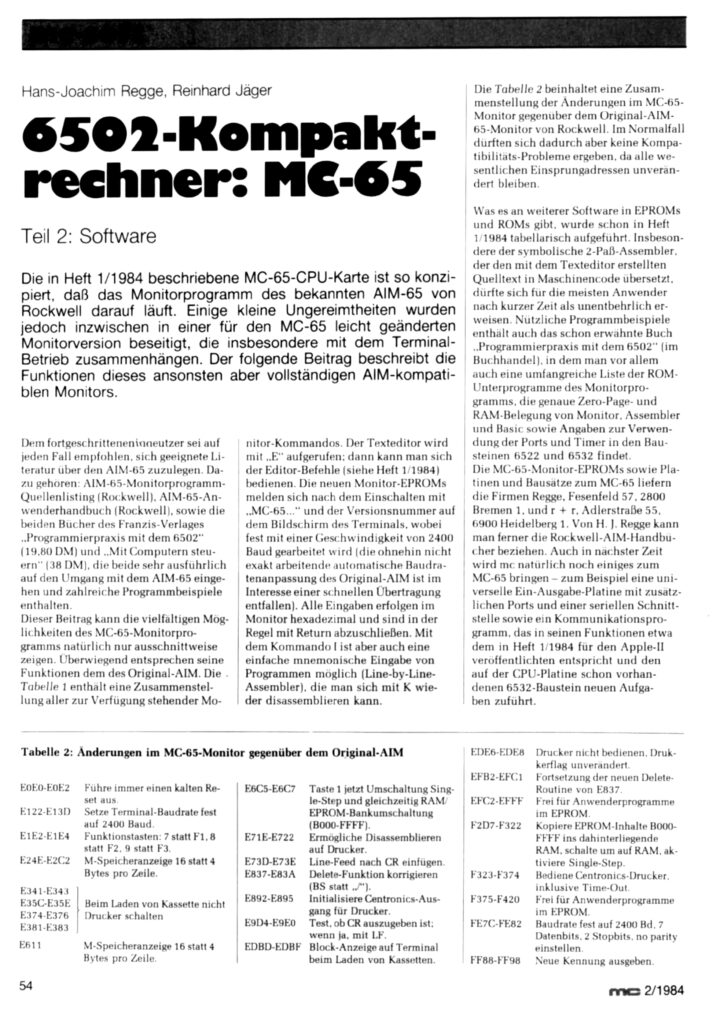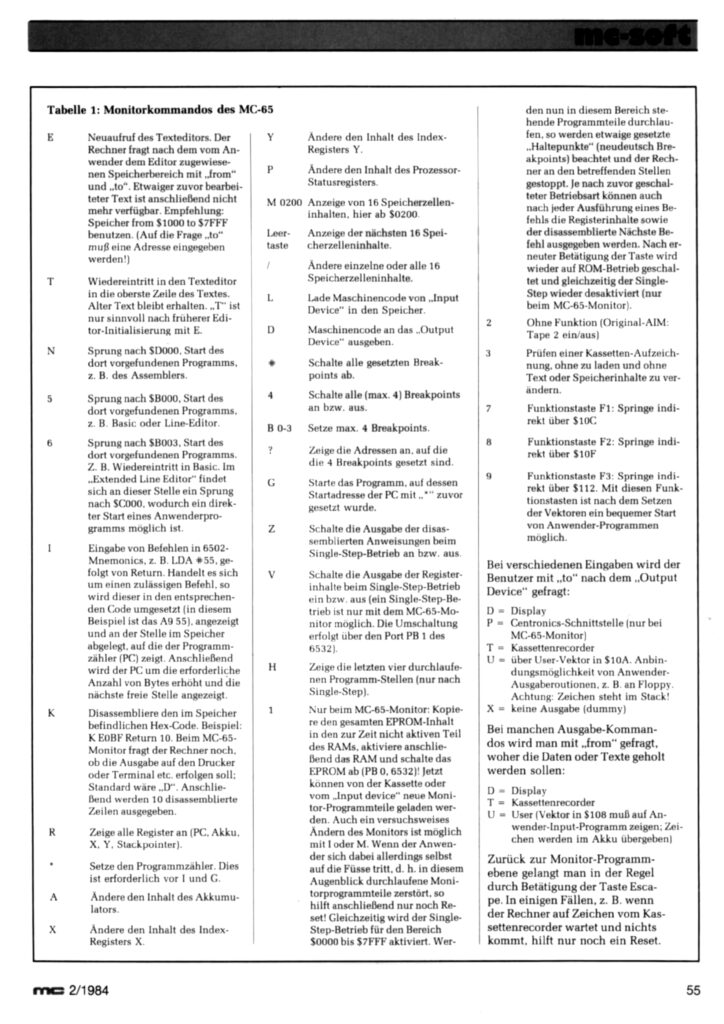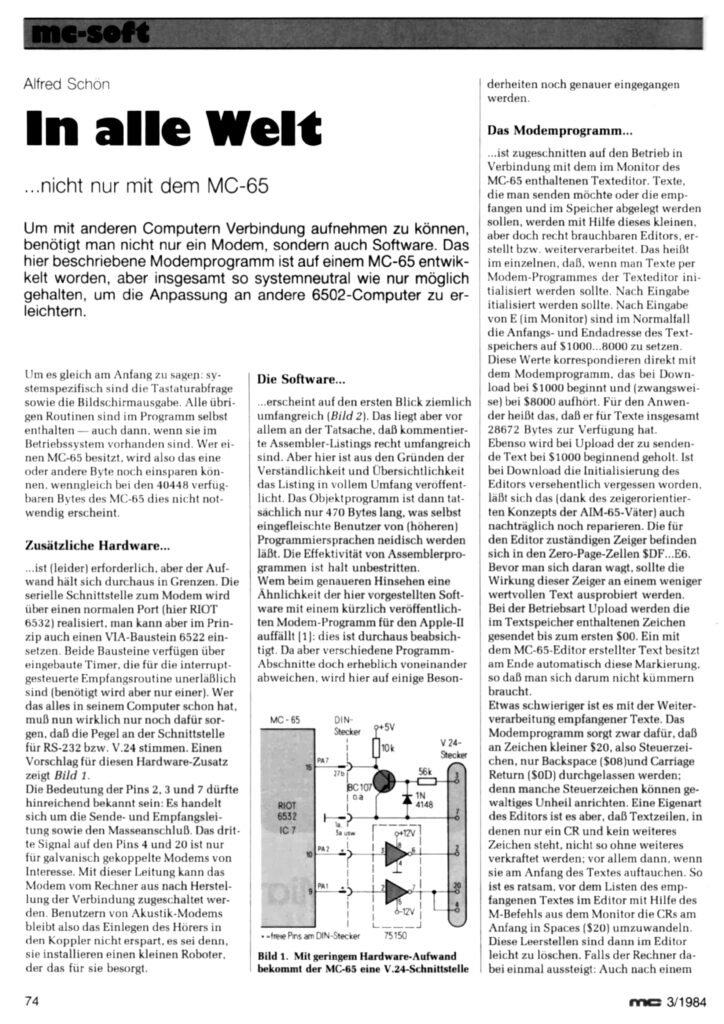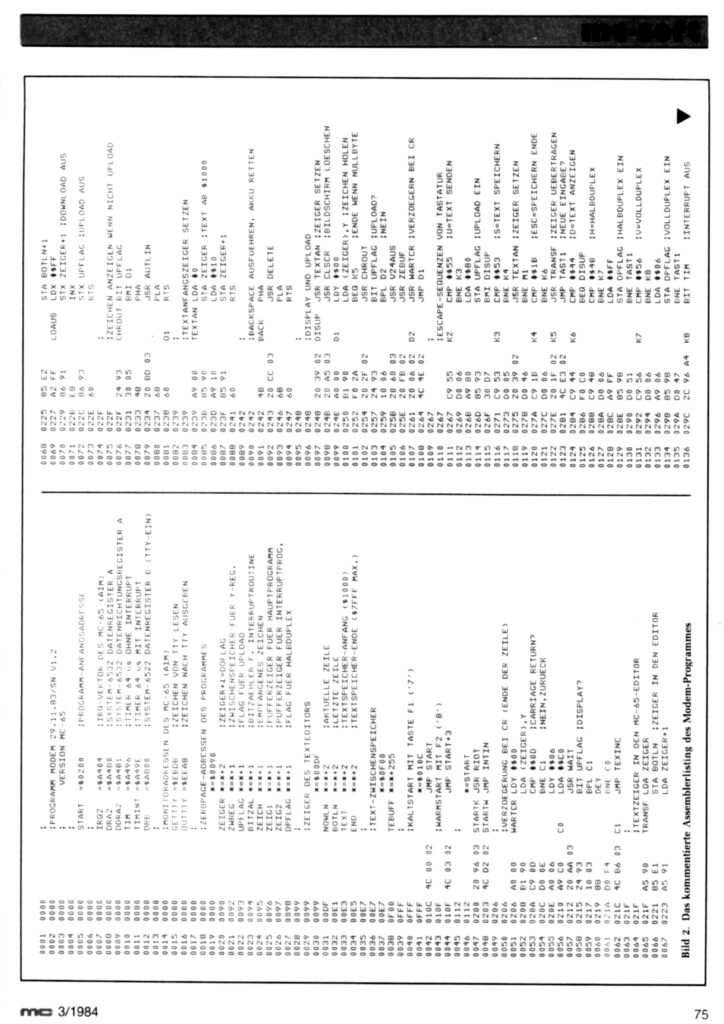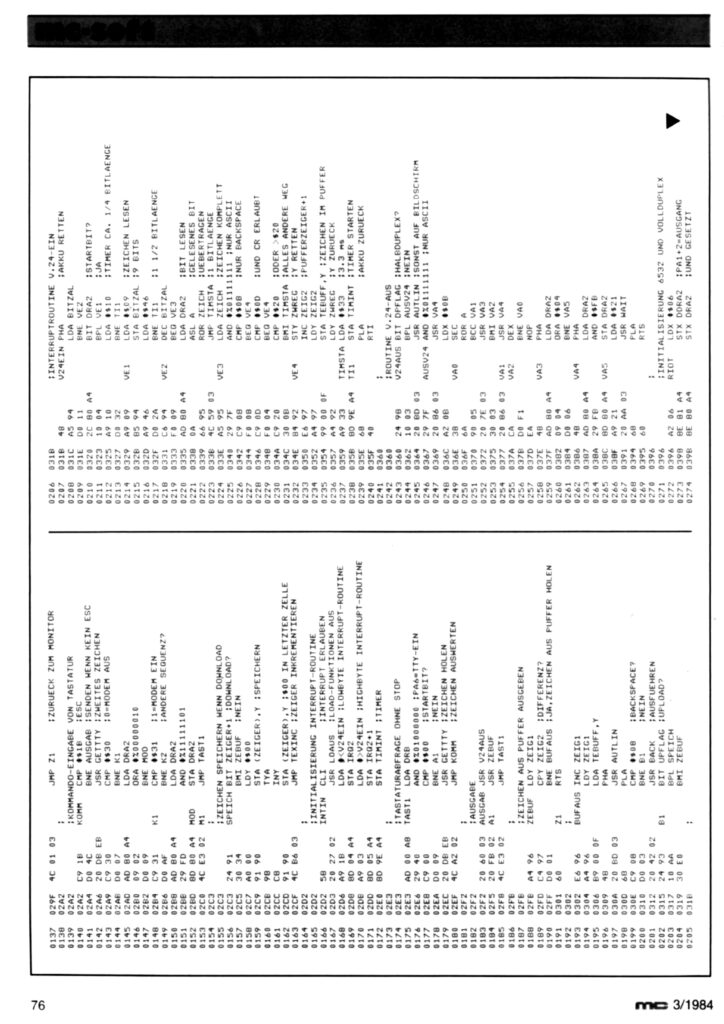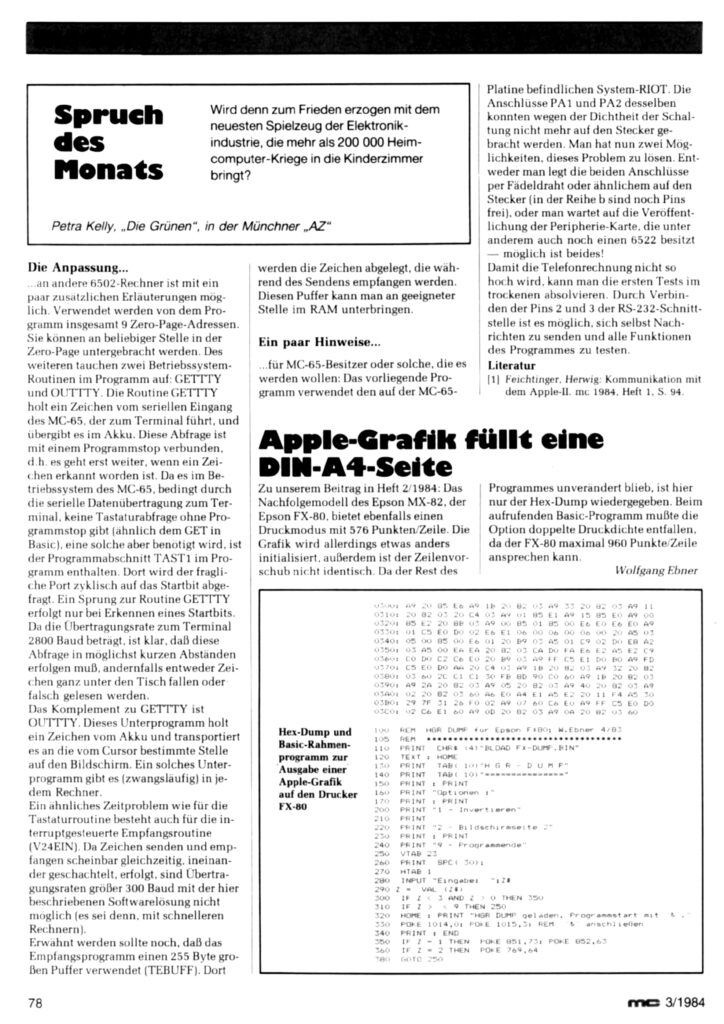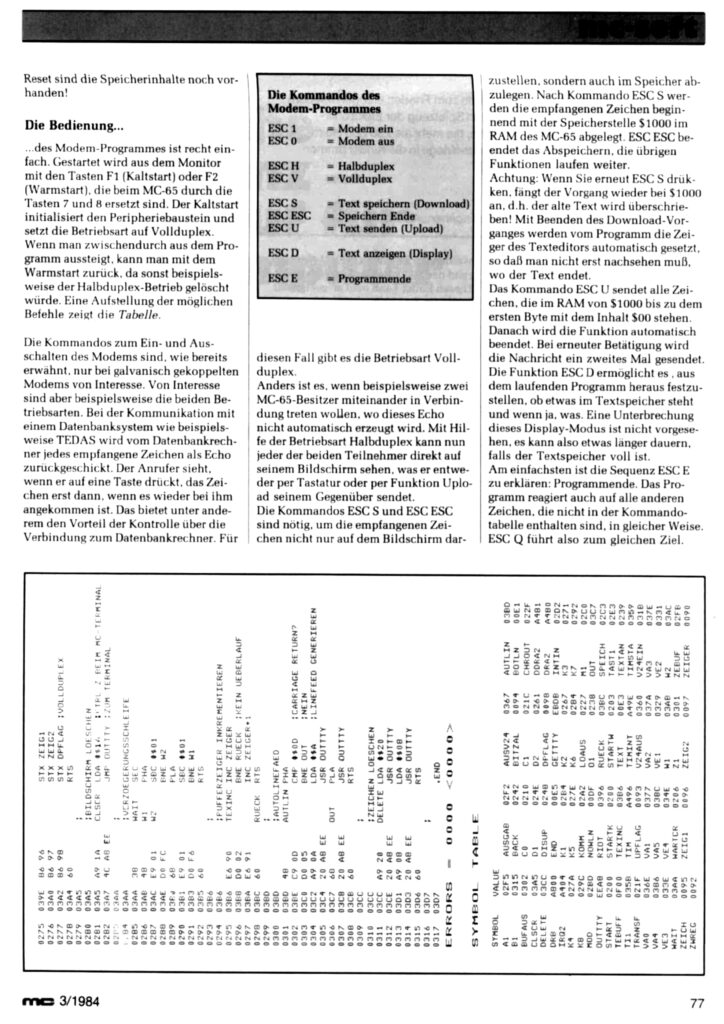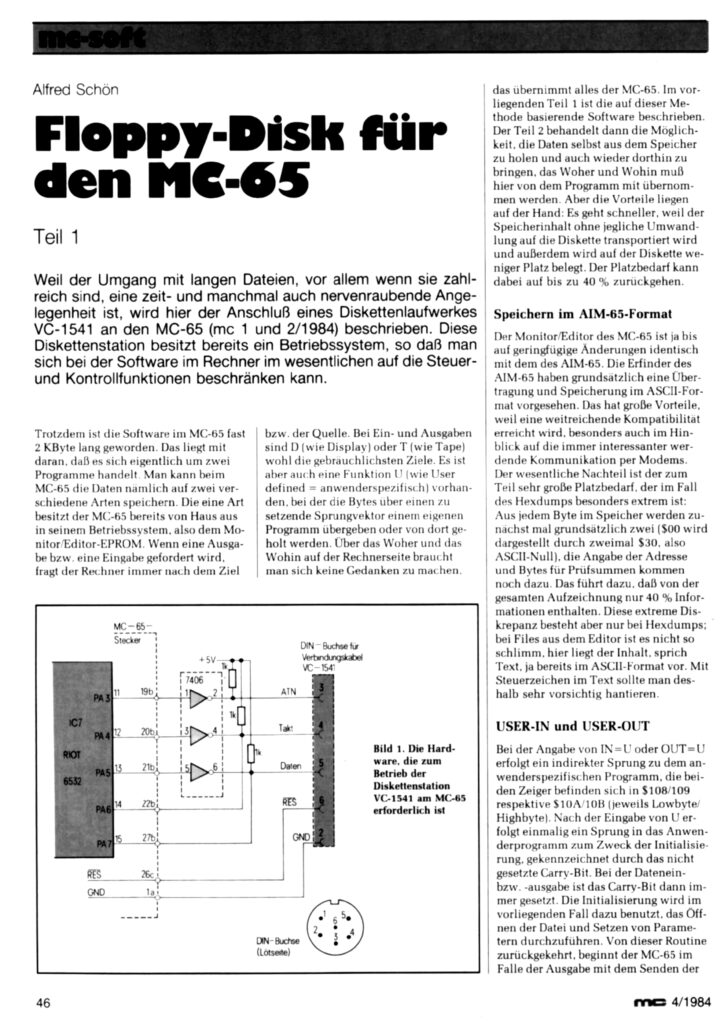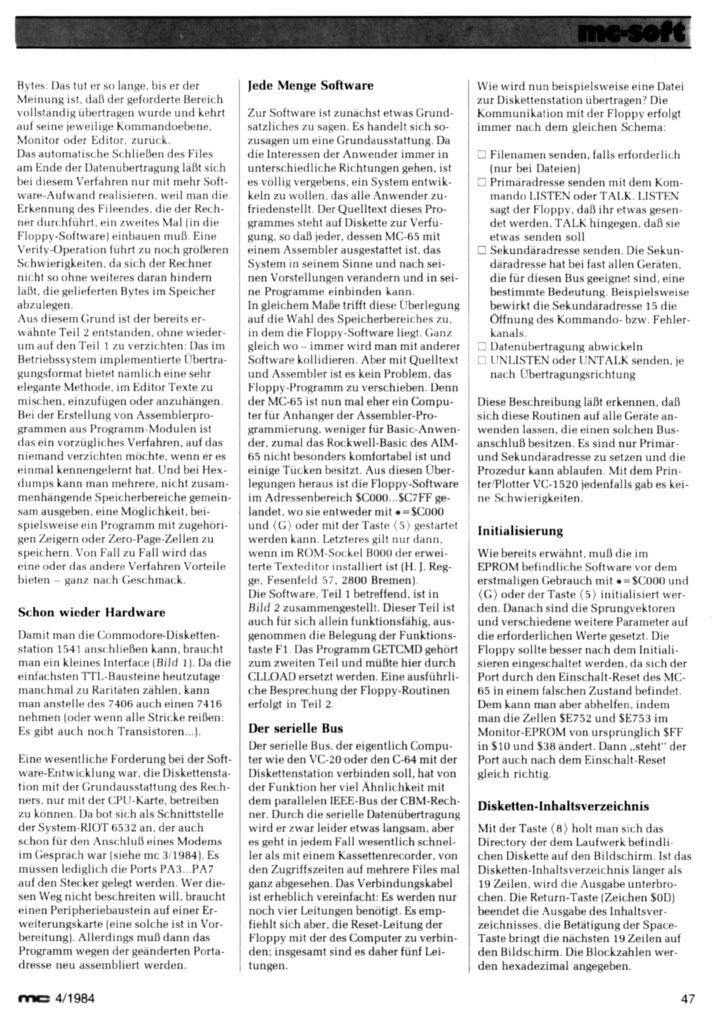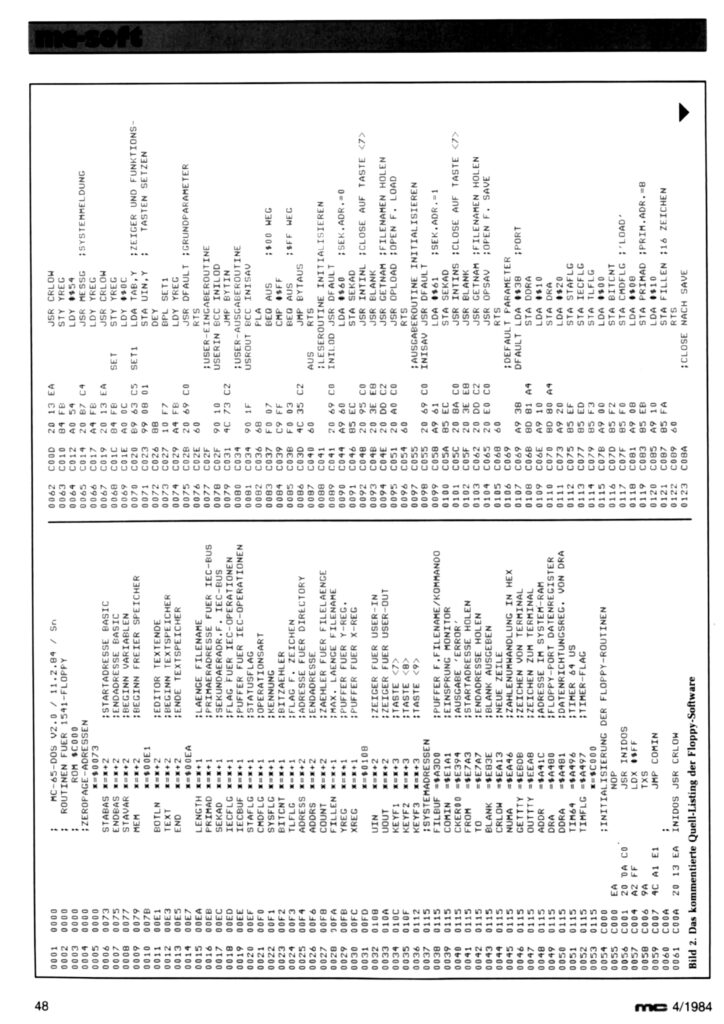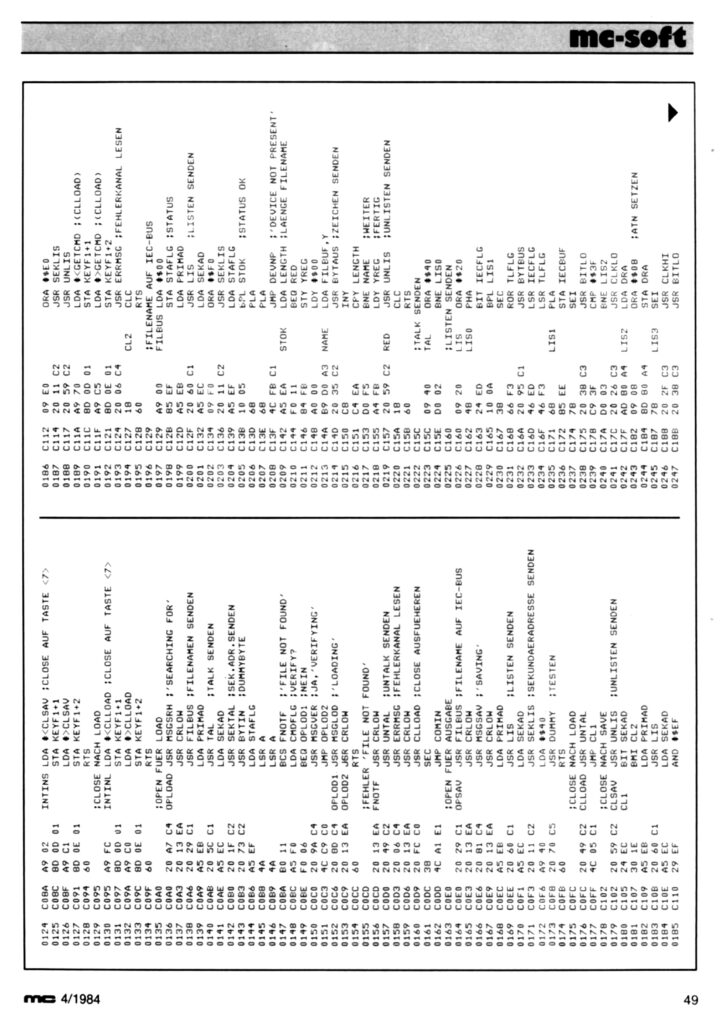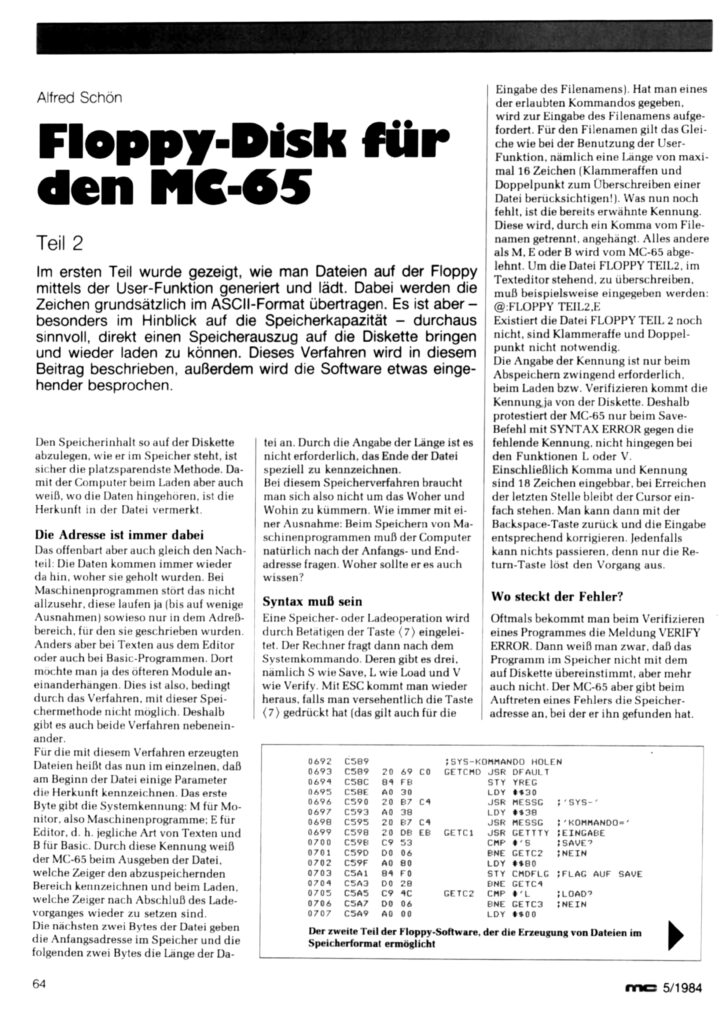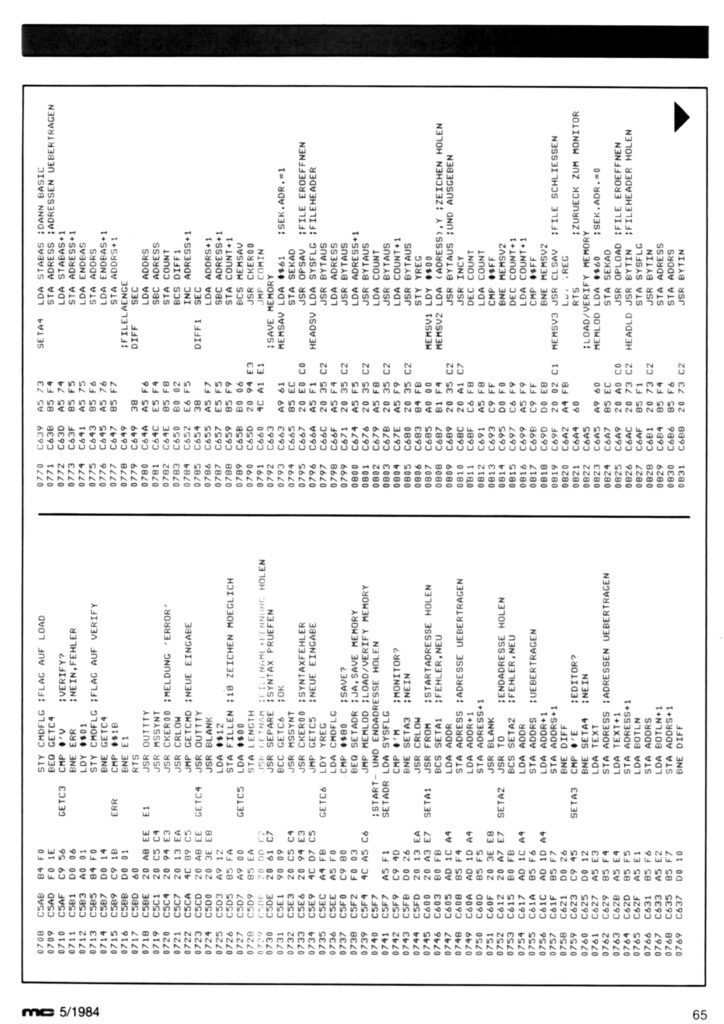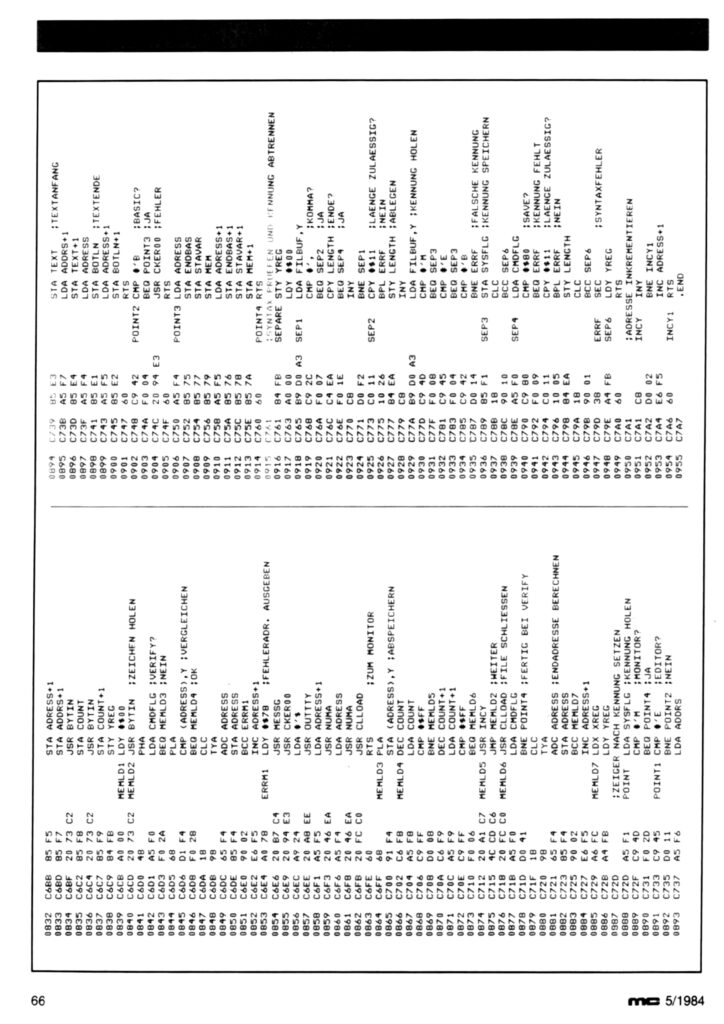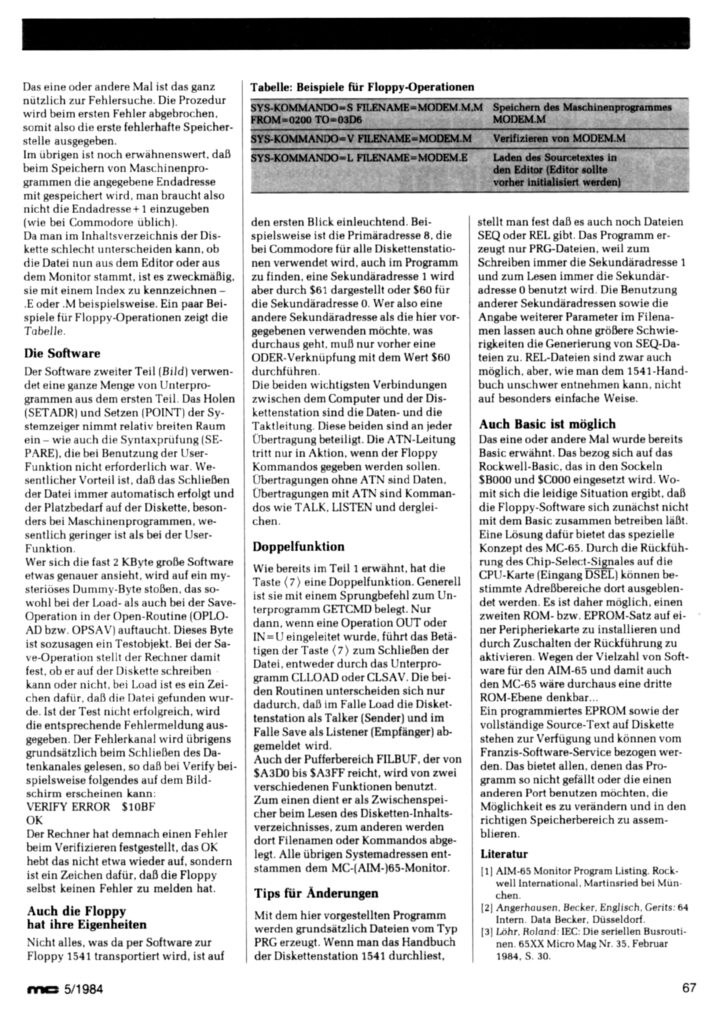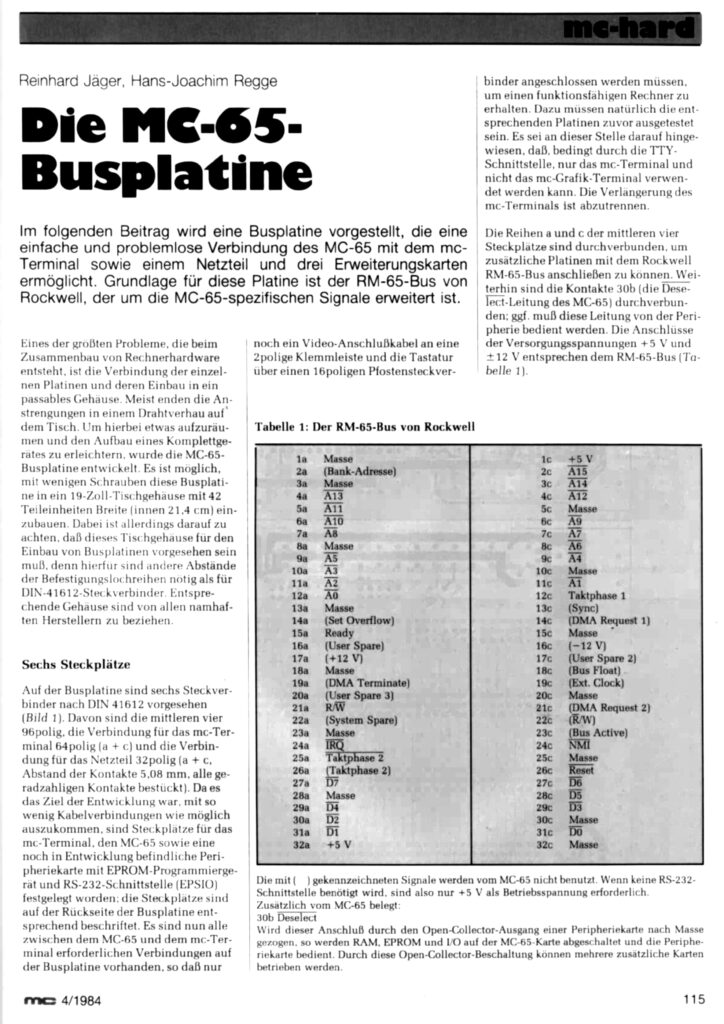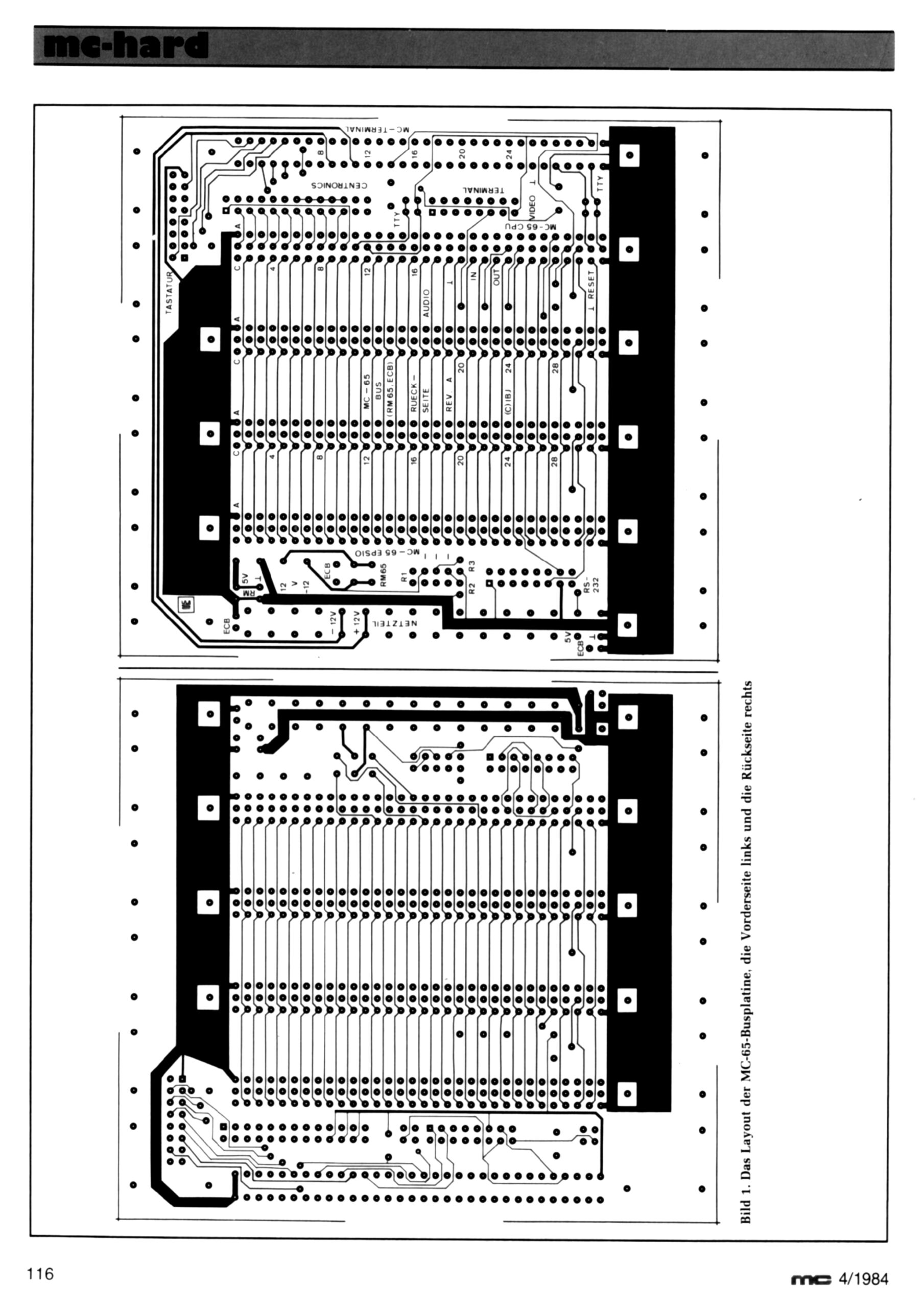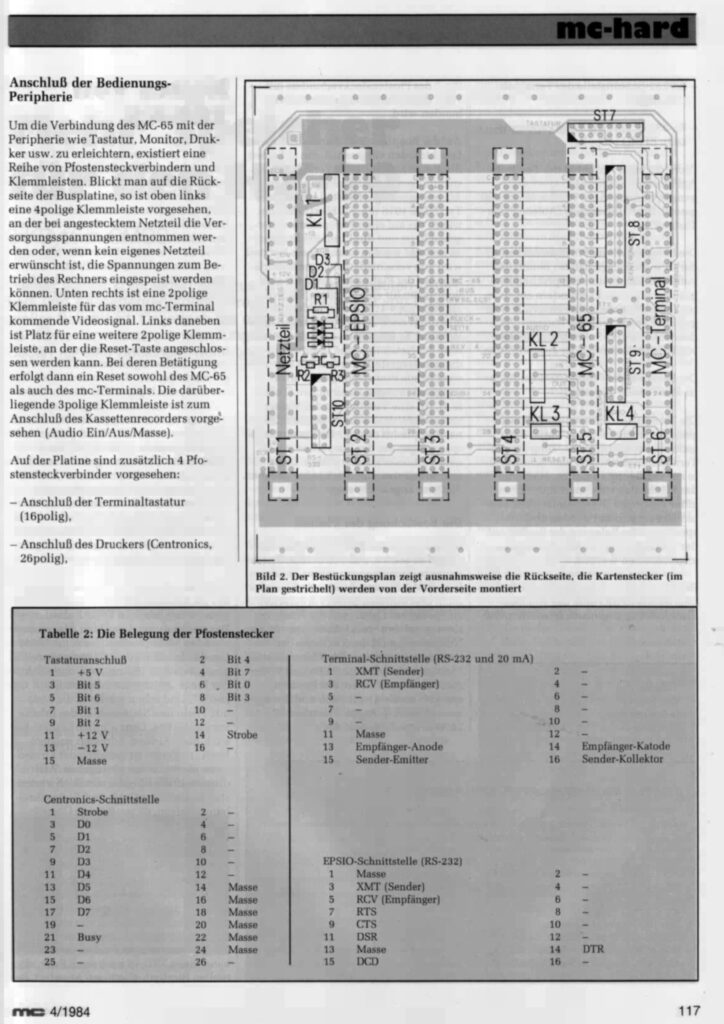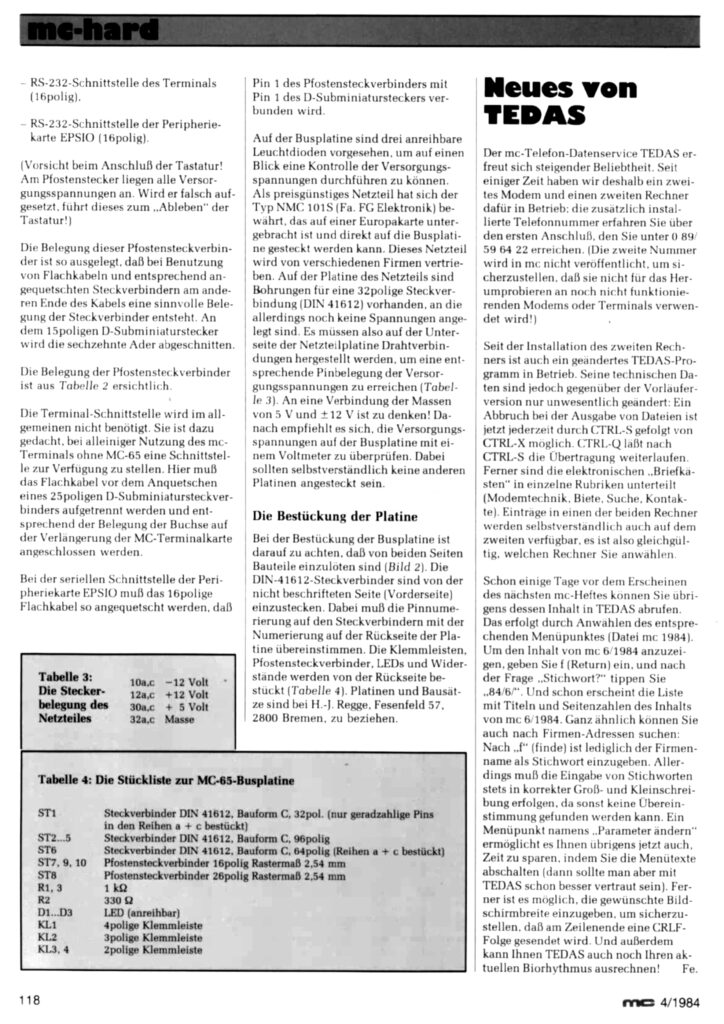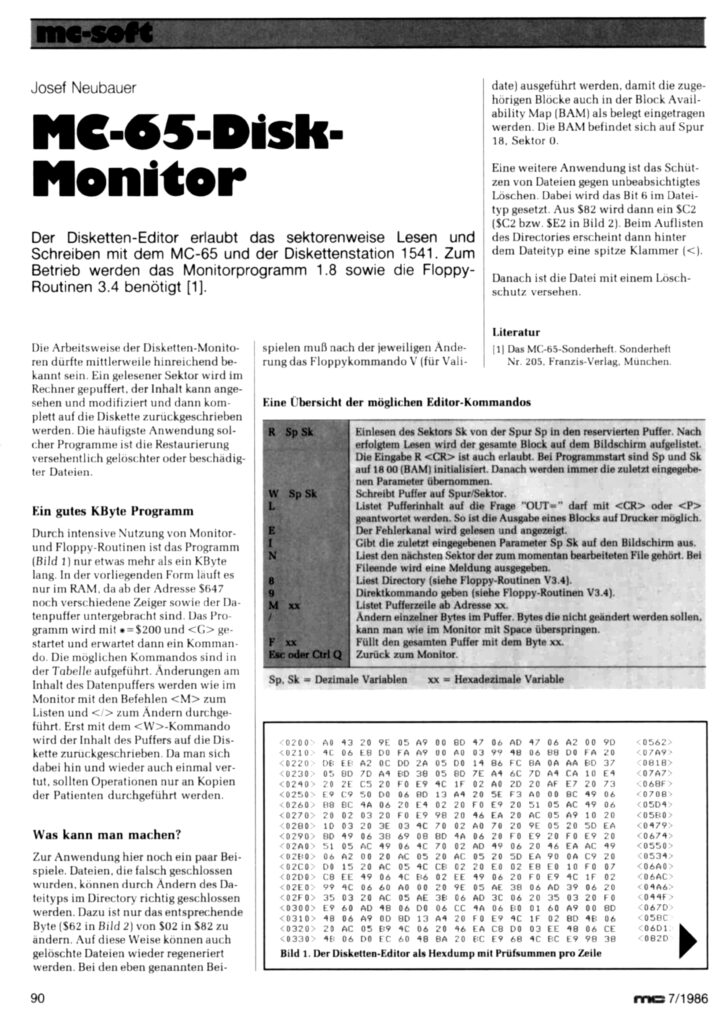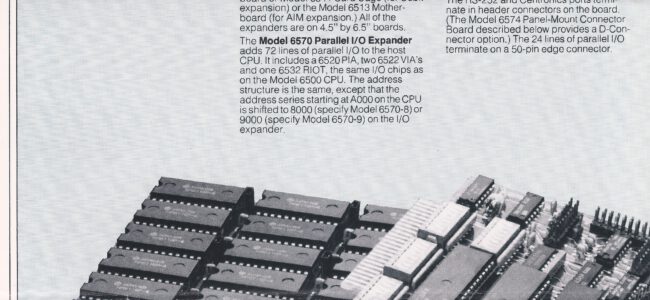
Category Archives: aim65

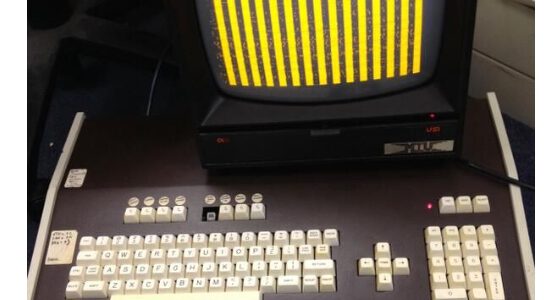
MTU CODOS
CODOS (Channel Oriented Disk Operating System) is the name of the Disk Operating System made by MTU for KIM-1, SYM-1 and AIM-65.
The DOS needs the K-1013 floppy disk controller, 8 inch disk drive(s) and optional the K-1008 Visible Memory.
CODOS V2 was the version for the MT-130/140. Lots of software was available, see the MT-130 page for manuals.
Dave Plummer (of Dave’s Garage) has a KIM-1 system with various MTU cards, including the K-1013.
CODOS Disk images
- BASIC, IGL, CIL, VGL, KGL and Diskex
- Demostration Disk 1.5 1982 – MTU-BASIC Included
- Distribution Disk 1.1 – 1983 MULTI-O
- Distribution Disk 1.4 1982 – BASIC, IGL, CIL, VGL, KGL and Diskex
- Distribution Disk 1.4 1982 – CODOS 2.0 & BASIC 1.5
- Distribution Disk 1.5 1982 – CODOS 2.0
- Disk 1.7 – MTU-140 Datamover
- MTU-140 Datamover 1.7
- MTU-BASIC 1.5
- MULTI-O 1.1
CODOS Manuals
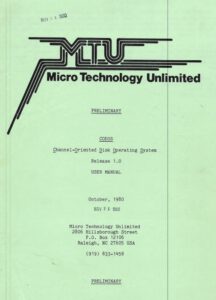 |
CODOS Manual |
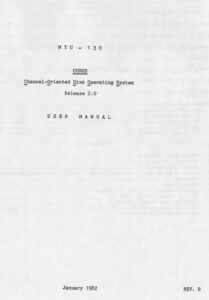 |
CODOS User Manual |
 |
CODOS User Manual OCR’ed |
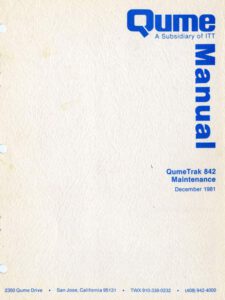 |
QumeTrak 842 Maintenance Manual |
Dave Williams has the following, not yet dumped by him, disks:
- DMXMON
- MACASM 1.0
- MAGIC/L Language
- MTU-C
- MTU-FORTH79 2.1
- WORDPIC
- WOPDPIC 1.0 NEC 8023 Printer Version
- MTU-130 User Group Diskette #3
- MTU-140 User Group Diskette #5
See also:
2532 to 2732 EPROM adapter
RC6502, an Apple 1 clone
Elektor Junior ASSM/TED
KIM-1 Macro Assembler Editor
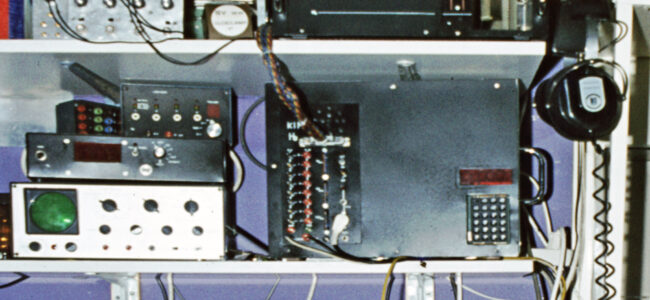
Me and my KIM-1
My first computer is a KIM-1. Still have it! A life changing experience!
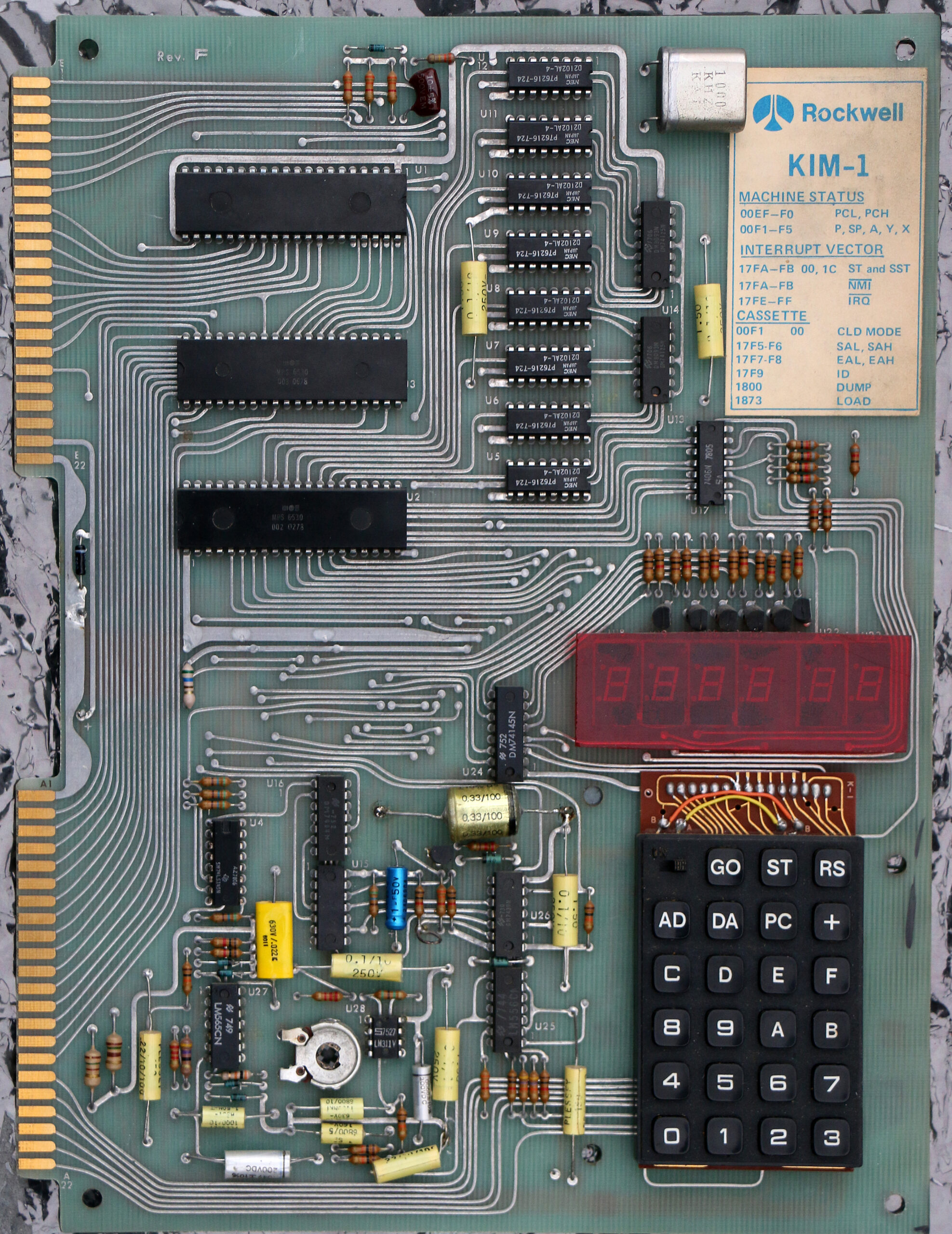
This is the story of me and the KIM-1.
Philips educational kits.
As a young child, at age 12, I was introduced to electronics with the Philips electronic kits. First a Pionier crystal radio. Easy to build, good instruction manual. Lots of listening pleasure!.
Two years later I bought the Philips EE8 Electronic Engineer kit. Again nice builds (the 8 stands for 8 experiments), with a good manual. Since the manual covered the expansion to the EE20 for 20 experiments, I bought the parts myself one by one at Aurora Vijzelgracht, Amsterdam.
More on the Philips electronic kits.
Radio Bulletin
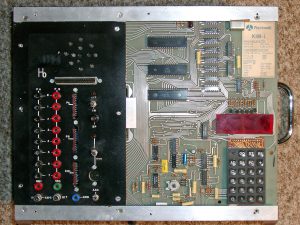 In 1978 I bought my first computer, a KIM-1. It turned out to be a Rockwell rebadged Rev F Mos Technology board.
In 1978 I bought my first computer, a KIM-1. It turned out to be a Rockwell rebadged Rev F Mos Technology board.
The beginning of lots of fun, learning, member of the KIM gg Club and making and publishing in the dutch electronics magazine Radio Bulletin and the KIM Kenner.
In 2014 the big KIM-1 machine was finally taken down in parts, the following photos showed the end result as in 1985 after many years of tinkering.
The KIM-1 system ended as a real production system until 1985, mainly to write articles, all Radio Bulletin and KIM Club Magazine related work was done with this system.
Then a CP/M machine took over (a Spectravideo X’Press 738) with the same VT100 as terminal.
- KIM-1
- 8K RAM in system case
- 32K RAM in expansion case
- Two ACIA 6850 serial
- A PIA/VIA card with two 6820 PIA’s
- Parallel ASCII keyboard with home made logic circuit
- Video Display 32×32 uppercase characters on an analog TV
- Dual cassette tape system with motor control
- MDCR digtal cassette system in second expansion case
- Radio Grafisch Display in second expansion case
- Heathkit H14 matrix pinter, serial with RTS handshake via bitbanging RIOT port
- VT100 Digital Equipment Video display unit VT100
- Boot tape to load device drivers and Micro Ade (extended to 8K)
- MICRO ADE assembler/editor, used for program development and article authoring
- Microsoft Basic KB9 (not used often, nice study material!)
- Pascal-M compiler and interpreter (mainly development and experiments, not for production)
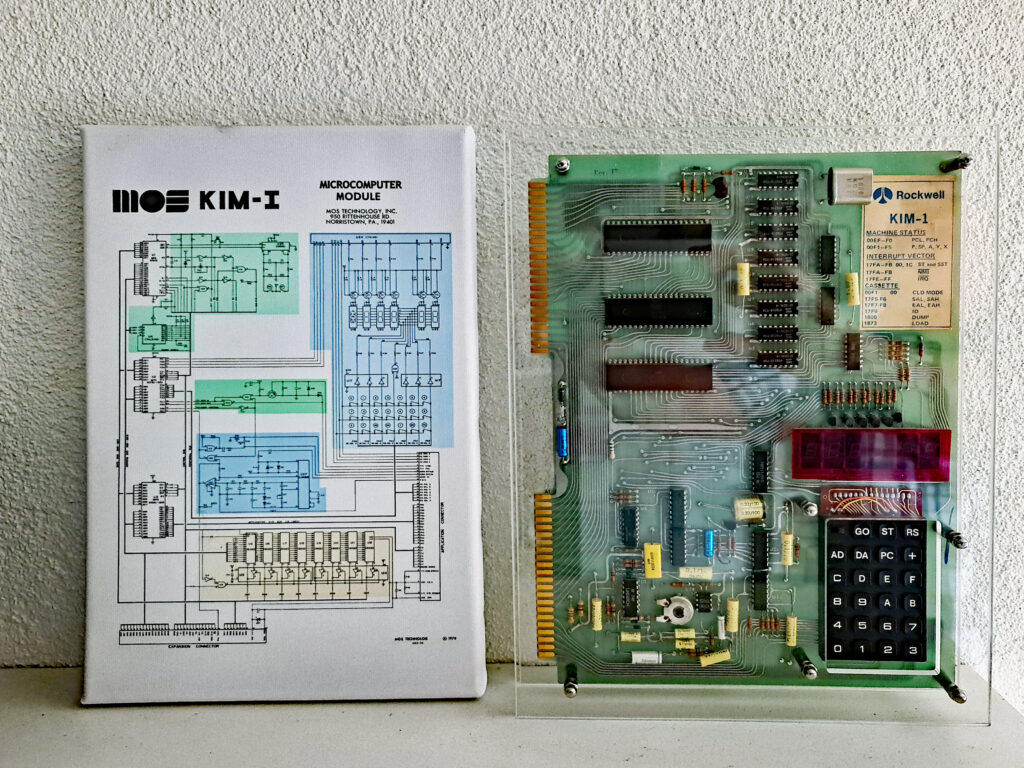 First the KIM-1, I still have it, in working condition, in my private museum. Changes still visible, are a red acryl cover over the LED displays, a capacitor moved to the back to make it flat enough to fit the case I made and some supports to have it lay stable and safe on a table.
First the KIM-1, I still have it, in working condition, in my private museum. Changes still visible, are a red acryl cover over the LED displays, a capacitor moved to the back to make it flat enough to fit the case I made and some supports to have it lay stable and safe on a table.
Why a KIM-1?
In 1977 I was reading in the electronics magazines about the revolution taking place: 8 bit microprocessors!
During my study I encountered Digital Equipment machines, PDP-8 in the lab, PDP-11 in the Mathematic Computer Science department, a Minc in Medical Physics group, my major.
The electronics department where I was doing an intern not only introduced to digital electronics and I helped them to introduce the Z80 to the instruments designed for laboratory experiments.
I learned assembler quickly, PDP-11 was a dream come true, the Z80 a bit of a nightmare but you could do so much with effort.
At the same time I started to write for the magazine Radio Bulletin, simple analog and digital circuits and continued to be an editor until 1987. I met Dick de Boer who was writing his famous Microprocessor articles and introduced the KIM-1 to the Dutch electronic engineers. So a KIM-1 with the very attractive 6502 was the logical choice for my first microprocessor system.
First case: memory, connectors, power supply
A KIM-1 itself was fun to learn with, but it quickly needed more; a permanent power supply, protection, easy to access connectors and interfaces for a bus to have more memory.
So the case seen in the next figure was built:
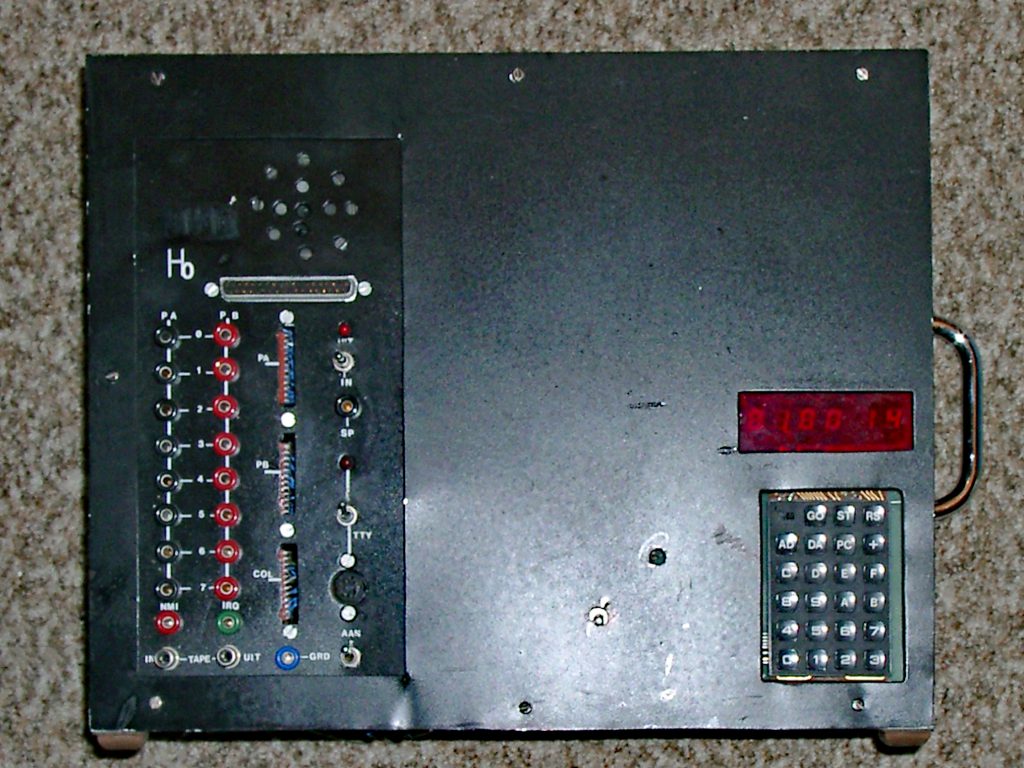
Power hungry, so lots of lineair power supplies with large cooling.
The first case I built from alu profiles contained the KIM-1, a backplane for 6 memory boards, a lot of power supplies (lineair, so heat was a problem!), a patch panel to access the expansion connector, cassette I/O, serial interface and various switches.
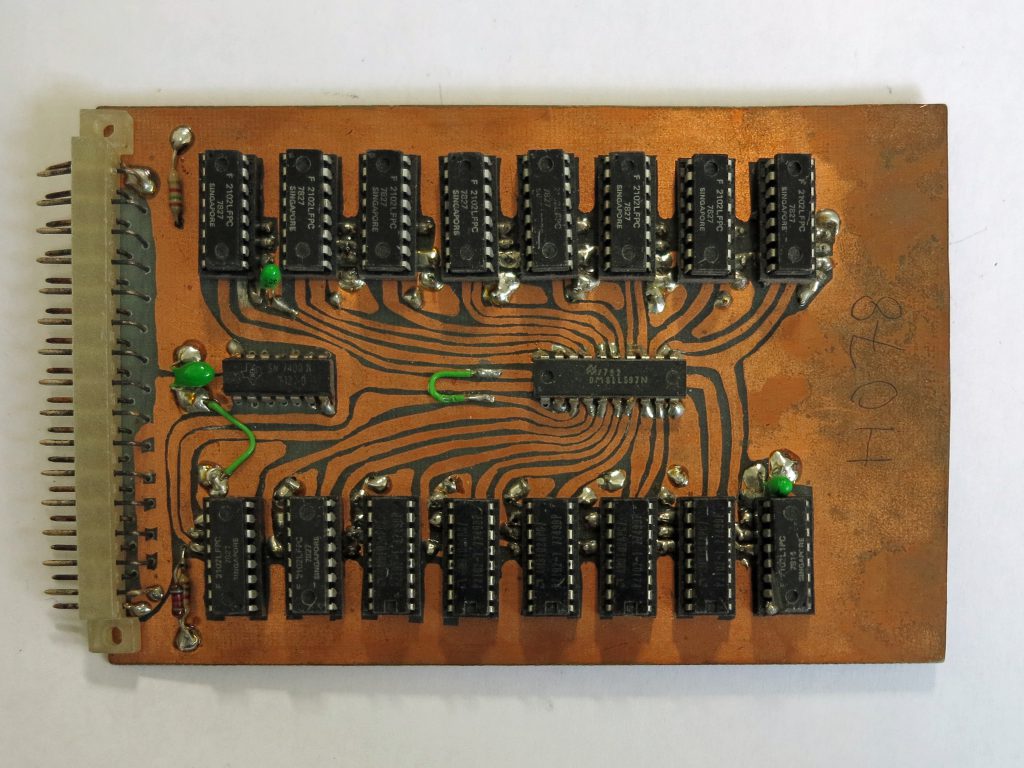
PCBs handmade, double sided!
Memory 2K RAM Card, BEM Bus Brutech Variant made by Hans Otten
Memory boards were made myself by drawing with Edding ink on the blank PCB, etching and drilling. Filled with 2102 RAM IC’s for 1K per board, it filled lower RAM of the KIM-1 $0400 – $13FF. The bus is a 31 pin DIN connector, based upon the BEM (Brutech) bus.
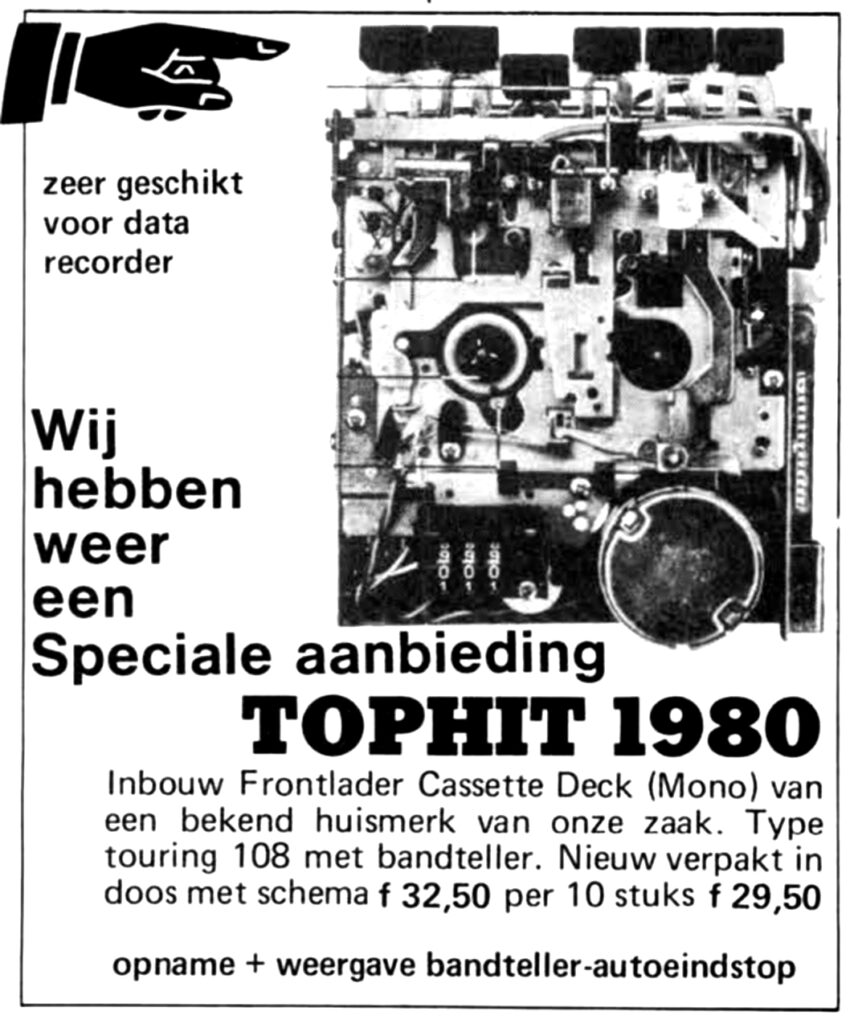
I bought two of this deck from Radio Service Twenthe, Den Haag, fascinating electroncis dump store!
The next thing I built was a video display unit. All TTL 74XX logic IC’s, a 2513 character generator, a AY-5-1013 character generator, an ASCII keyboard, display on TV 32×32 characters uppercase. RS232 input/output to the KIM-1.
On top of the VDU a dual cassette deck is shown. From the famous Dutch dump shop Radio Service Twente two audio cassette decks were bought, some audio amplifiers and power supply added, and a remote control circuit via a 6532 GPIO line (standard as in Micro Ade). Served me well for many years, in 2014 the decks strings were dried out and crumbled after many years of not being used.
Next was a real expansion cabinet with a long backplane for 32K memory with 8x 4K RAM card, 2114 based, Designed by me, published in Radio Bulletin and sold by Visser Assembling Electronics. BEM bus compatible.
4K SRAM card
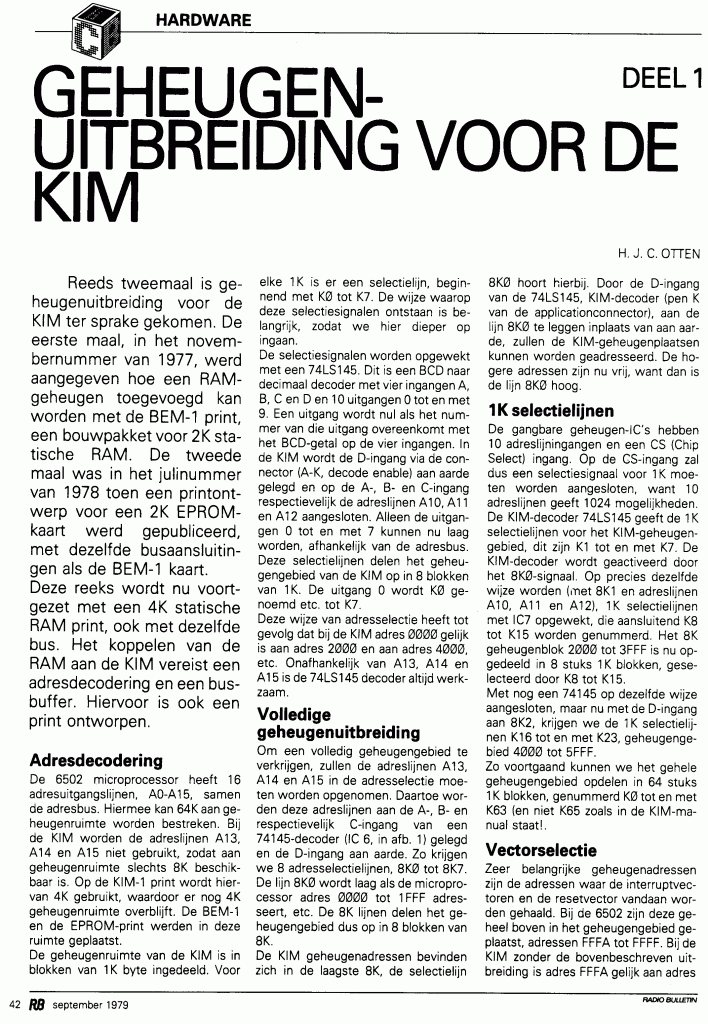 4K SRAM card, Radio Bulletin September 1979 part 1 part 2
4K SRAM card, Radio Bulletin September 1979 part 1 part 2
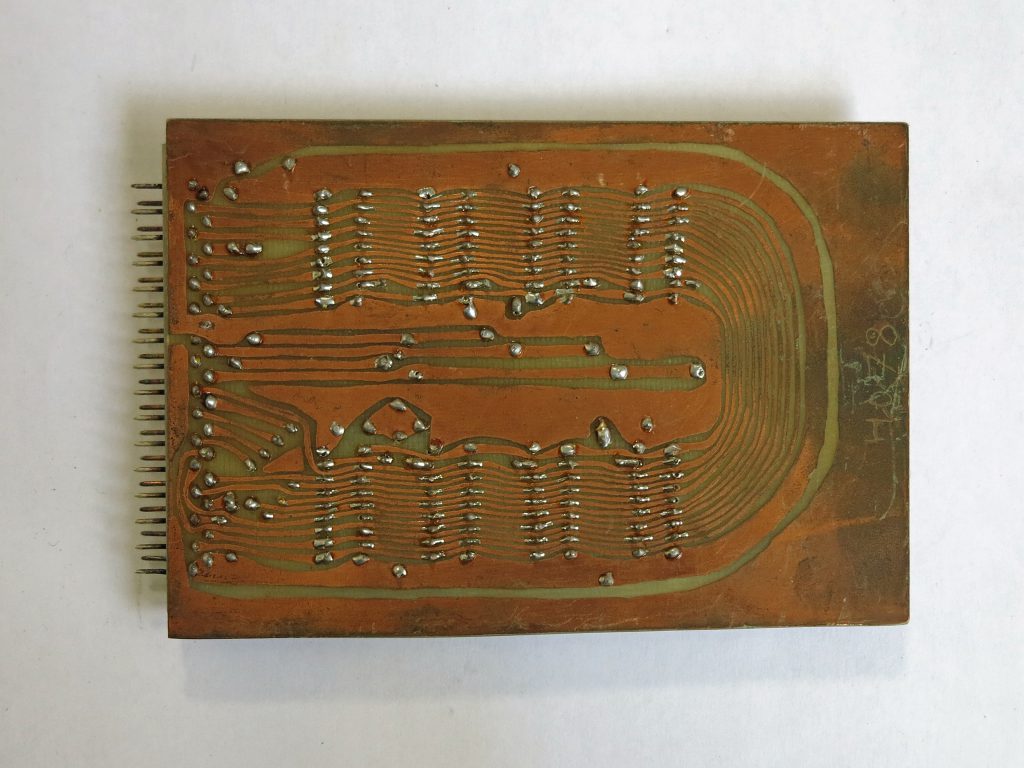
Prototype 4K RAM card, also hand drawn on the PCB!
In the expansion cabinet three slots were added for I/O. Two cards were designed by me and published in Radio Bulletin: an ACIA card for two 6850 Motorola ICs, and a PIA card for two PIAs, 6522 or 6520 or 6820 or 6821. I never used more than one ACIA and one PIA card. Shown are the prototype cards, in the article production quality PCBs were used.
PIA and VIA card design by Hans Otten June 1984 Radio Bulletin
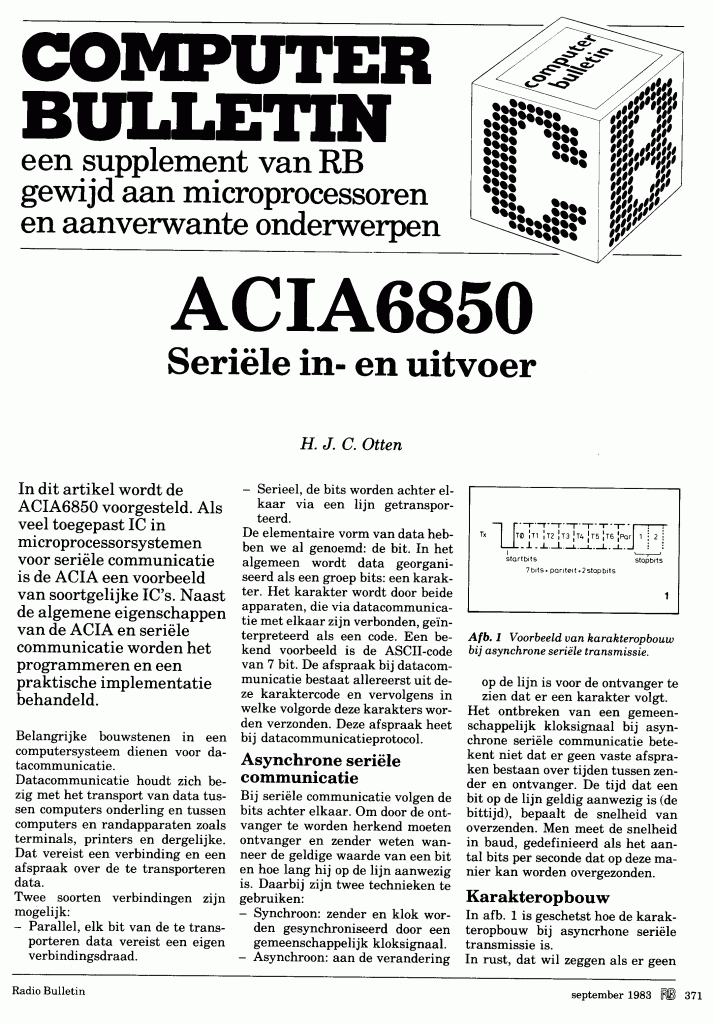
ACIA Motorola 6850 by Hans Otten, 1983 Radio Bulletin
On one of the ACIAs a VT100 Digital Equipment terminal was connected, taking over from the bit banged serial interface and the homebuilt video display. ON the other ACIA a Heathkit H14 matrix printer was added, a mediocre but adequate printer.
Together with Micro Ade as assembler and editor, the dual cassette deck, 40K RAM In total, this was a nice machine! Until 1987, when I bought the Spectravideo X’Press 738 MSX and CP/M system, used for all my publishing activities.
A third expansion cabinet was built around 1983. It was driven by the PIA’s, the Radio Bulletin Grafisch Display was inside the cabinet, along with two MDCR Philips Digital cassette recorders, alo published in Radio Bulletin. The speed difference between Hypertape audio cassettes and 2400 baud MDCR speed was not that impressive.
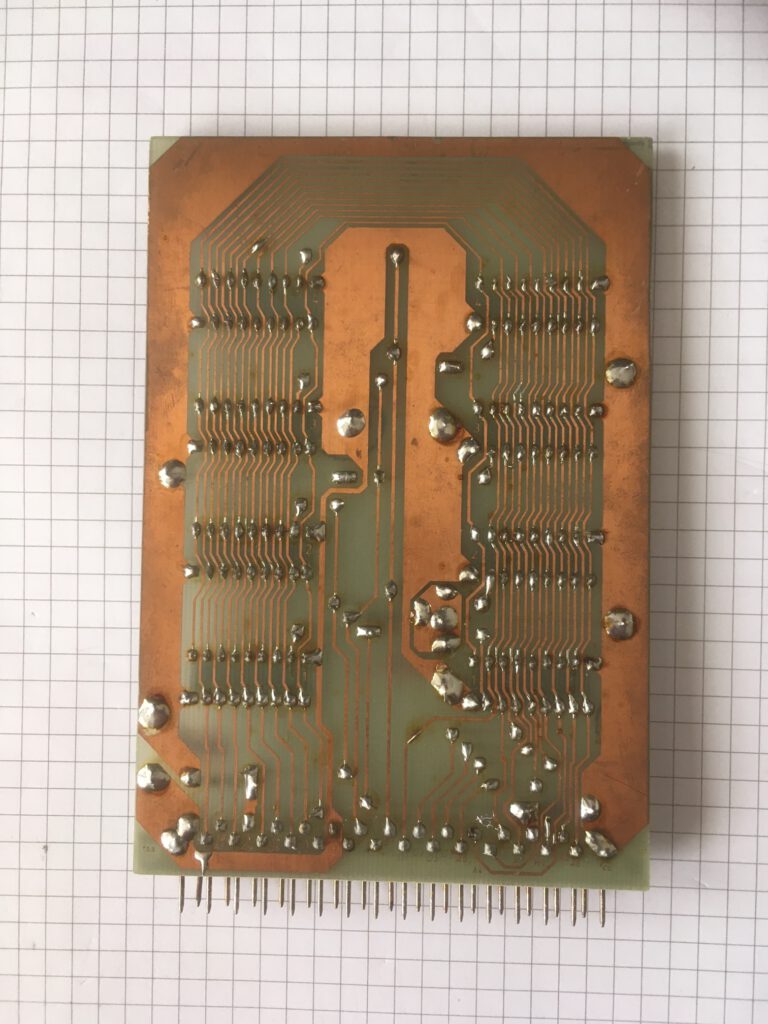
Dirk Dral
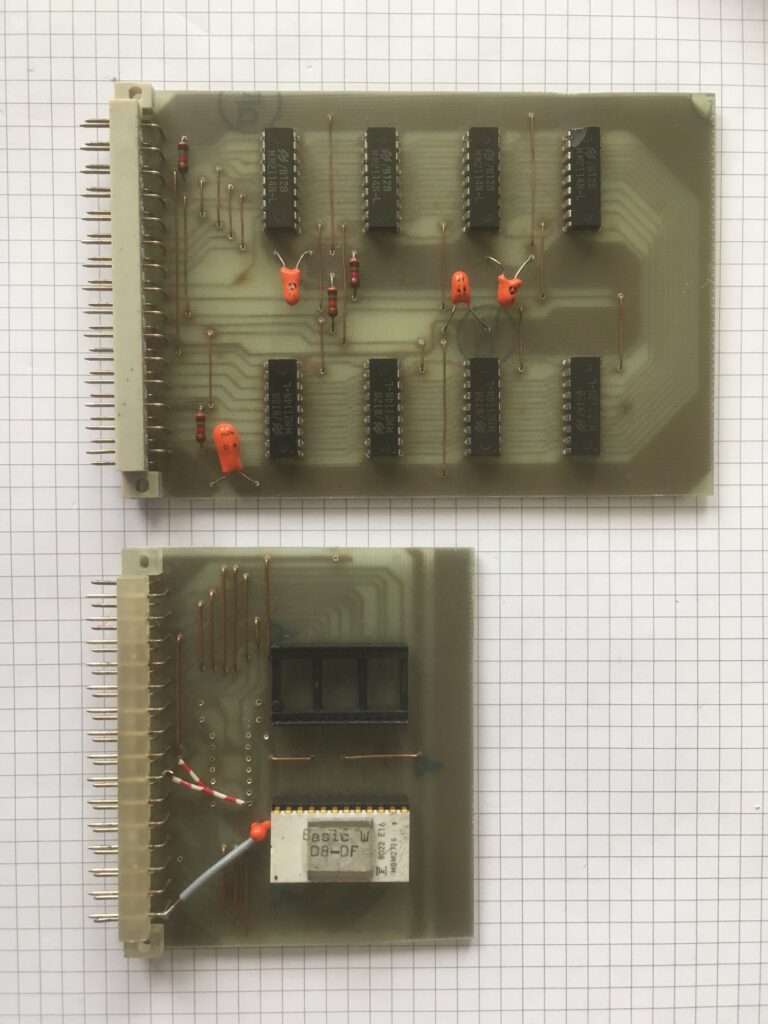
EPROM card (Dirk Dral)
See also:
2532 to 2732 EPROM adapter
RC6502, an Apple 1 clone
Elektor Junior ASSM/TED
KIM-1 Macro Assembler Editor
Funkschau 1979 KIM-1 AIM 65 6502 articles
Funkschau 1979 KIM-1, AIM 5 and 6502 articles. German, scanned by Matthias, SBC at VzEkC e. V. forum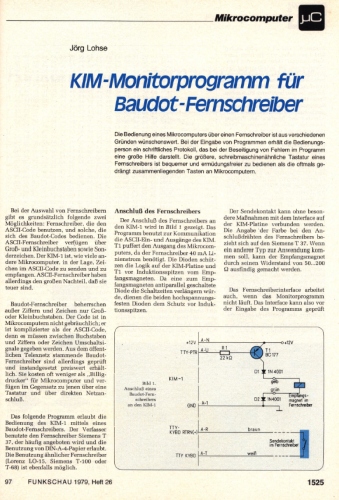
See also:
Focal-65 V3D for TIM and KIM-1
John Bell Engineering catalogs
New KIM-1 info and more
KIM-1 Simulator simple demo
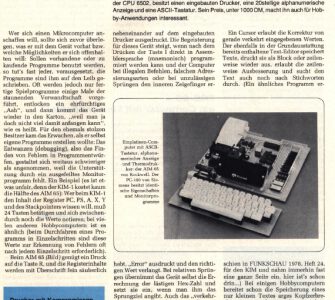
Funkschau
1979 KIM-1, AIM 5 and 6502 articles. German, scanned by Matthias, SBC at VzEkC e. V. forum
See also:
RC6502, an Apple 1 clone
Elektor Junior ASSM/TED
KIM-1 Macro Assembler Editor
MAE ASSM/TED CW Moser
AIM65-CPLD-3V3 for sale
Labu Asabu made 5 units of the AIM65-CPLD-3V3 for sale.
The price is 55,000 yen for a full set + accessories.
Shipping costs will be charged. Overseas customers will be charged customs duties for imports.
Email to info@labo-asabu.com
See also:
Focal-65 V3D for TIM and KIM-1
John Bell Engineering catalogs
New KIM-1 info and more
KIM-1 Simulator simple demo
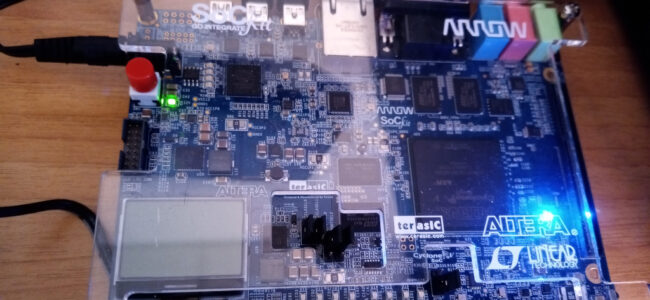
aim65_quartus
Filippo (shinymetal6) published an alpha version of aim65_quartus, an FPGA clone on his github resource.
Forum discussion on the MisTer forum here.
Here the readme of aim65_quartus by Filippo:
This is an alpha release of a verilog Rockwell AIM65 in an Intel FPGA using the SocKIT board.
The Arrow SocKIT board is a nearly compatible TerASIC DE0 board where MiSTer runs.
This is a MiSTer port on the Arrow SocKIT, and as I have a SocKIT board I used their templates from MiSTer SocKIT FPGA page.
Behind the templates, the structures seem to me very similar, so probably a port on the MiSTer board should be relatively easy, but I don’t have such board.
Basically the aim65_quartus runs like an AIM65 at 1 MHz, has 32KBytes of ram ( who had so much ram ? not me for sure ! ) and excluding printer and tape all the peripherals are in place and runs.
The ROMs come from Hans Hotten funtastic pages, like all the other information I found there.
The 6502 core is the Arlet one, or the Hoglet67 65C02 version based on the Arlet core. This can be selected recompiling the code
The 20 AIM65 alphanumeric displays are routed to a simple video output, some ( quite bad I know ) pictures below.
The MiSTer menu can be used to have the expansion rom with basic, forth and pl/65, again some pictures below
Still with the MiSTer menu the serial port can be enabled, the characters color can be changed and the video can run at full screen
Still to do:
As an additional and in my opinion useful add on, I have implemented a clear screen pressing F4, currently not used on real AIM65.
This too needs a bit of fixing here and there, but when time will leave me to work on it again I will try to fix it
aim65_quartus in action

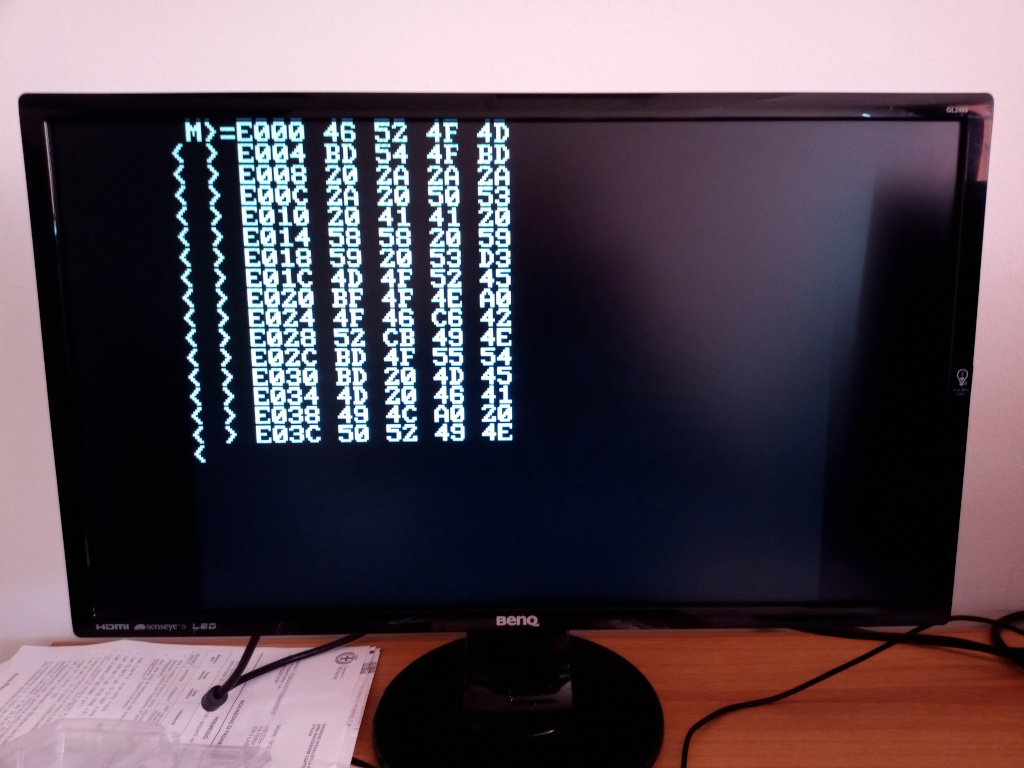
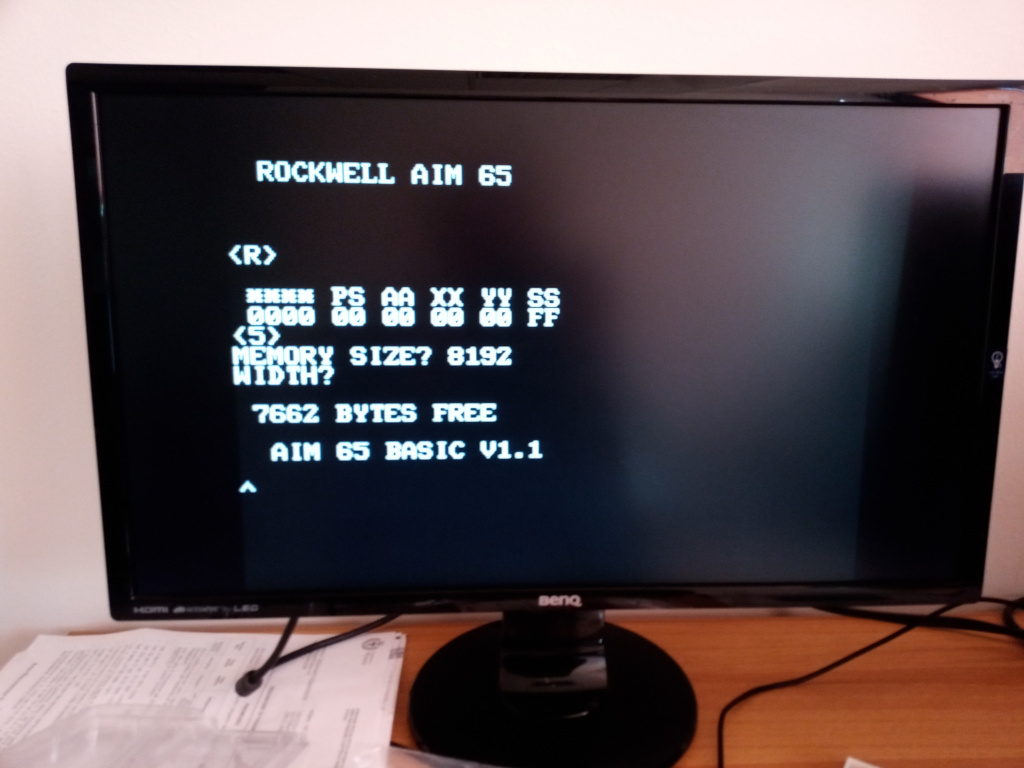
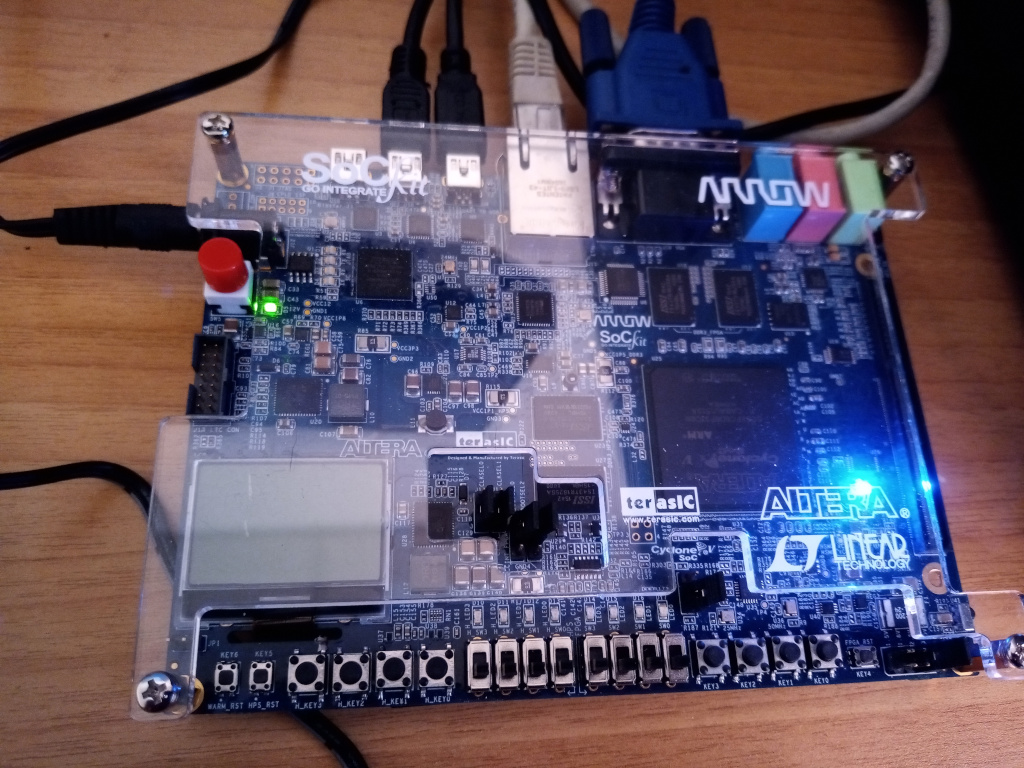
See also:
RC6502, an Apple 1 clone
Elektor Junior ASSM/TED
KIM-1 Macro Assembler Editor
MAE ASSM/TED CW Moser
aim65_quartus, an FPGA clone
Filippo (shinymetal6) published an alpha version of aim65_quartus, an FPGA clone on his github resource.
Forum discussion on the MisTer forum here.
Here the readme of aim65_quartus by Filippo:
This is an alpha release of a verilog Rockwell AIM65 in an Intel FPGA using the SocKIT board.
The Arrow SocKIT board is a nearly compatible TerASIC DE0 board where MiSTer runs.
This is a MiSTer port on the Arrow SocKIT, and as I have a SocKIT board I used their templates from MiSTer SocKIT FPGA page.
Behind the templates, the structures seem to me very similar, so probably a port on the MiSTer board should be relatively easy, but I don’t have such board.
Basically the aim65_quartus runs like an AIM65 at 1 MHz, has 32KBytes of ram ( who had so much ram ? not me for sure ! ) and excluding printer and tape all the peripherals are in place and runs.
The ROMs come from Hans Hotten funtastic pages, like all the other information I found there.
The 6502 core is the Arlet one, or the Hoglet67 65C02 version based on the Arlet core. This can be selected recompiling the code
The 20 AIM65 alphanumeric displays are routed to a simple video output, some ( quite bad I know ) pictures below.
The MiSTer menu can be used to have the expansion rom with basic, forth and pl/65, again some pictures below
Still with the MiSTer menu the serial port can be enabled, the characters color can be changed and the video can run at full screen
Still to do:
As an additional and in my opinion useful add on, I have implemented a clear screen pressing F4, currently not used on real AIM65.
This too needs a bit of fixing here and there, but when time will leave me to work on it again I will try to fix it
aim65_quartus in action




See also:
Focal-65 V3D for TIM and KIM-1
John Bell Engineering catalogs
New KIM-1 info and more
KIM-1 Simulator simple demo
Scan of book Microprocessor Systems Engineering
See also:
Focal-65 V3D for TIM and KIM-1
John Bell Engineering catalogs
New KIM-1 info and more
KIM-1 Simulator simple demo
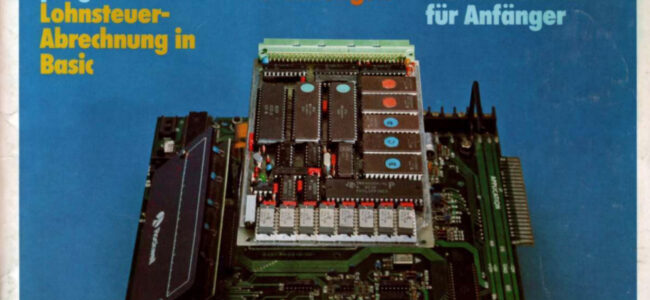
MC-65
An AIM 65 compatible 65C02 CPU based computer, the MC-65. With a 6532, 6522, terminal I/O, cassette interface, and in theory possible to run the original AIM 65 ROMs.
For AIM 65 ROMS and manuals, see the AIM 65 pages!
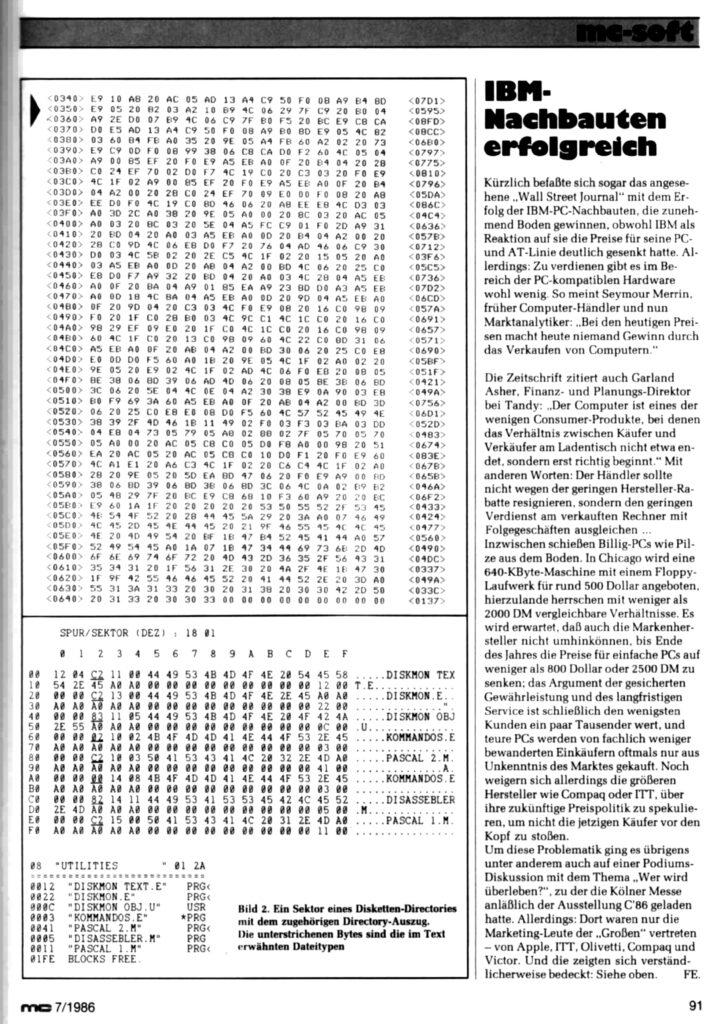 An AIM 65 compatible 65C02 CPU based computer, the MC-65. With a 6532, 6522, terminal I/O, cassette interface, and in theory possible to run the original AIM 65 ROMs.
An AIM 65 compatible 65C02 CPU based computer, the MC-65. With a 6532, 6522, terminal I/O, cassette interface, and in theory possible to run the original AIM 65 ROMs.
For AIM 65 ROMS and manuals, see the AIM 65 pages!

